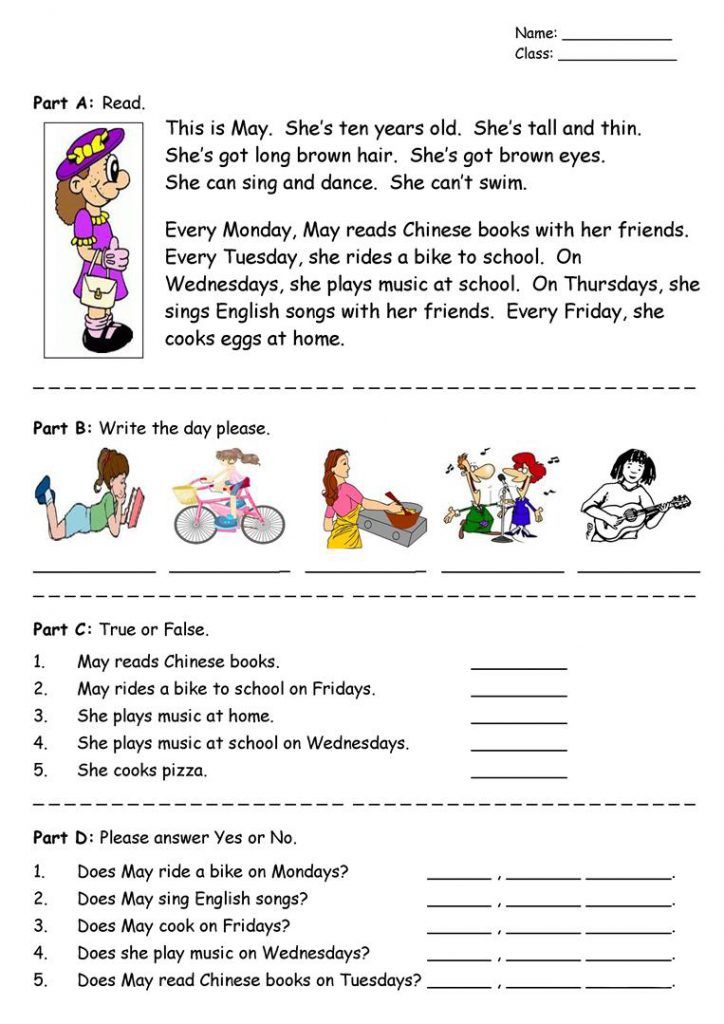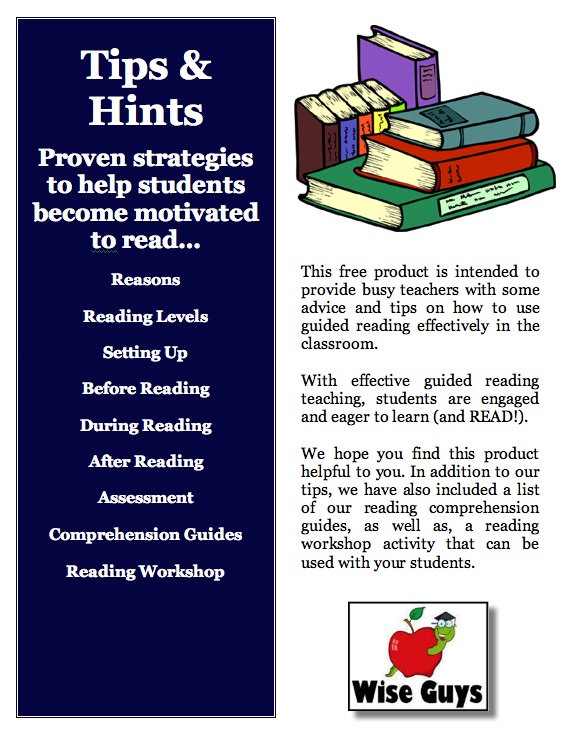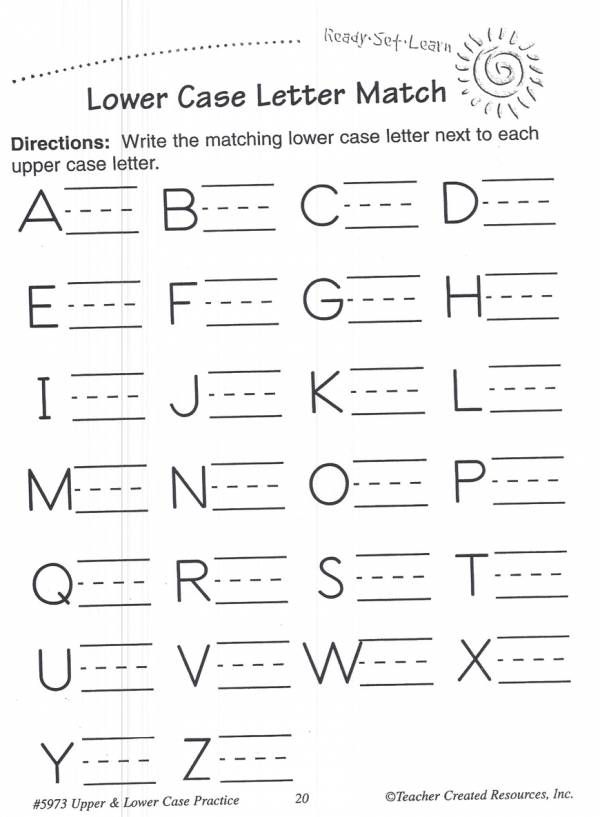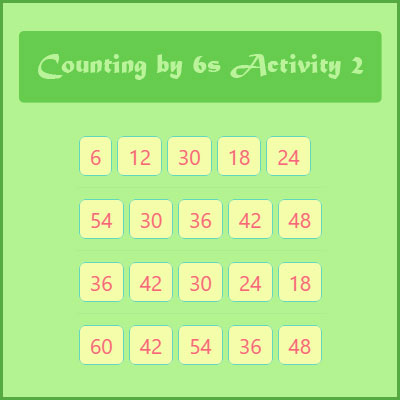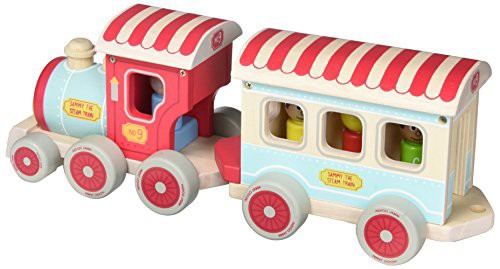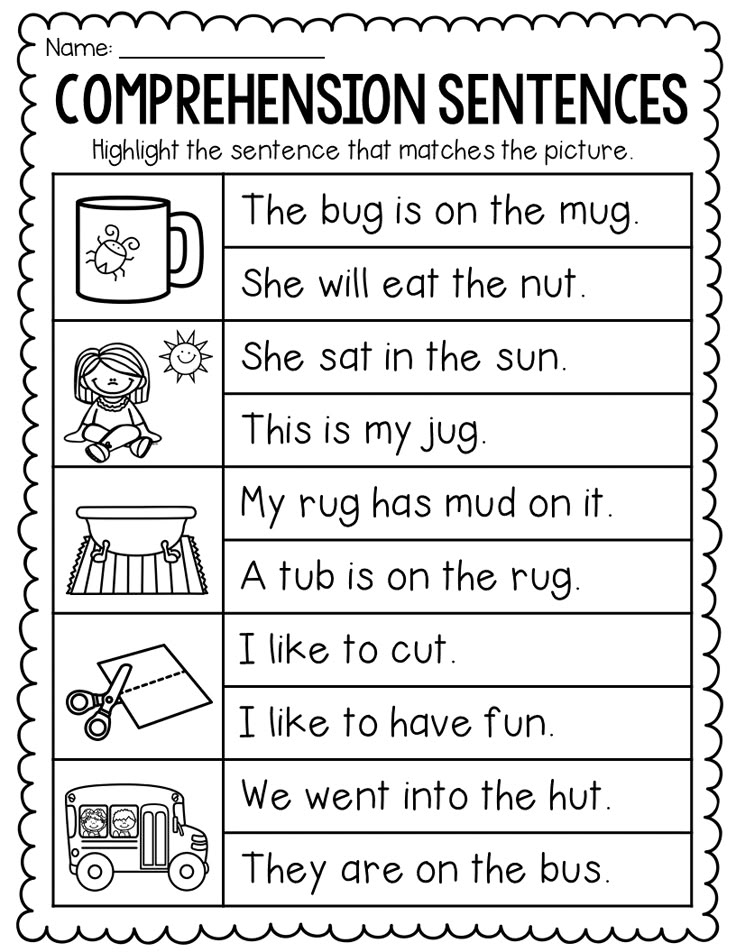Reading test for kids
Reading Level Assessment – Assess your child's reading now!
Thank you for signing up to Red Cat Reading.
Follow our three easy steps to take the reading level test and get your childs reading level on track for the new year.
Want to know how to assess your child’s reading fluency quickly and easily? Just take our 5 minute free reading test below!
Our reading assessment tools and books are developed by experts in language learning, so you can be confident your child will learn to read fast while having fun!
Has your child already tried using a different reading level test? There’s no harm in testing their reading abilities again!
Step 1. How Old is Your Child?
Step 2. Quick Reading Assessment
Use our One-Page Reading Level Assessment to find your child’s level.
Then choose books from your child’s level and start reading!
Can your 3 year old read this sentence?
The cat sat.
Yes   –> Then Start Reading on the 3 Year Old Learning Path
No   –> Then Subscribe to Red Cat Reading and we'll help your child catch up!
Can your 4 year old read this sentence?
I pack my bag.
Yes   –> Then Start Reading on the 4 Year Old Learning Path
No   –> Then Subscribe to Red Cat Reading and we'll help your child catch up!
Can your 5 year old read this sentence?
Birds fly in the sky.
Yes   –> Then Start Reading on the 5 Year Old Learning Path
No   –> Then Subscribe to Red Cat Reading and we'll help your child catch up!
Can your 6 year old read this sentence?
Did you ever see bees crawl inside flowers?
Yes   –> Then Start Reading on the 6 Year Old Learning Path
No   –> Then Subscribe to Red Cat Reading and we'll help your child catch up!
Can your 7 year old read this sentence?
Birds can be many different sizes.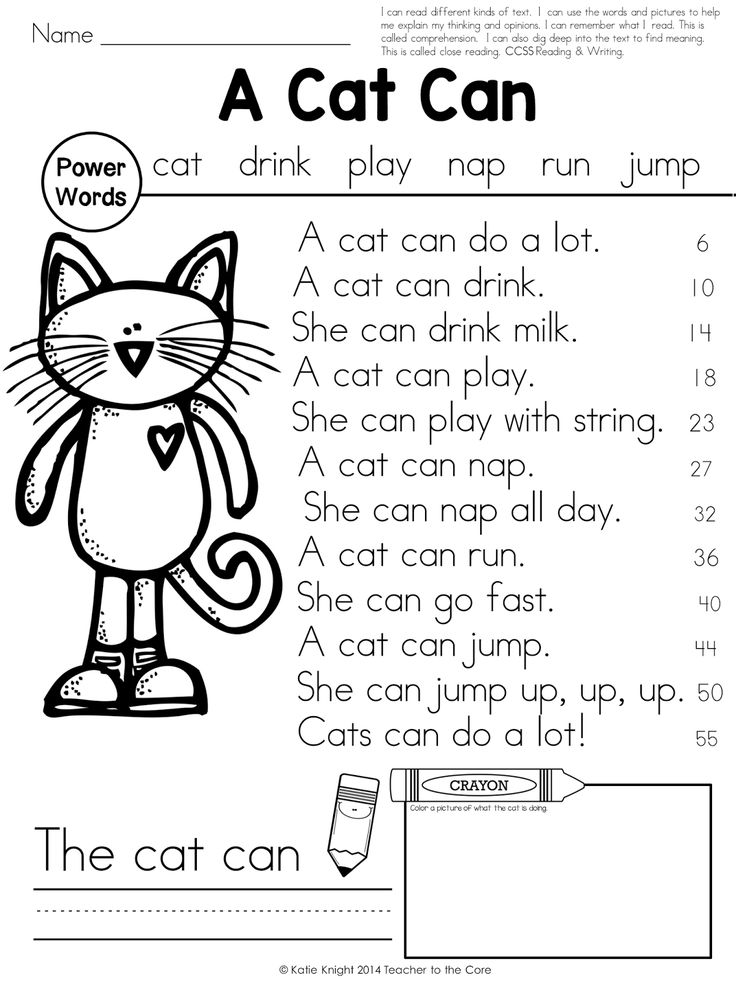 The largest bird of all is the ostrich.
The largest bird of all is the ostrich.
Yes   –> Then Start Reading on the 7 Year Old Learning Path
No   –> Then Subscribe to Red Cat Reading and we'll help your child catch up!
Step 3. Start Reading!
1. Watch the video
2. Watch again & read along with the e-book
3. Complete the quiz
Age 3-5
- Kindergarten Reading Level Books
Age 5-6
- First Grade Reading Level Books
Age 6-7
- Second Grade Reading Level Books
Need help?
Just email us and we’ll assess your child’s reading for free!
info@redcatreading.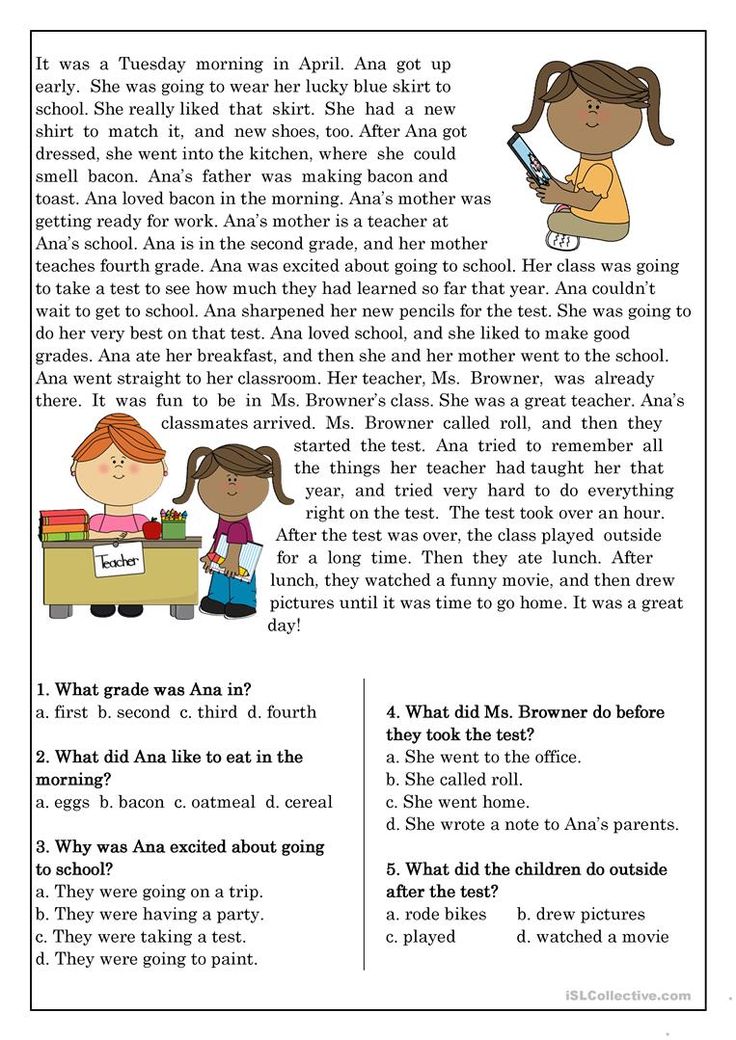 com
com
How to Use RedCatReading.com
Want your child to improve their reading comprehension, pronunciation and vocabulary? You’re all set with Red Cat Reading!
Our phonics, storybooks and leveled books will take your child from early reader to confident third-grader!
Press play on our video below, and earn how to use our book levels, lessons and quizzes to help your child learn to read the fast and fun way!
After your child has finished our guided reading level books, you can use each lesson’s quiz to test their reading comprehension and see if they should level up!
Reading Level Chart
Want to know more about our different guided reading levels? Check out our Reading Level Chart below!
Our books and videos are perfect for ages 3-8.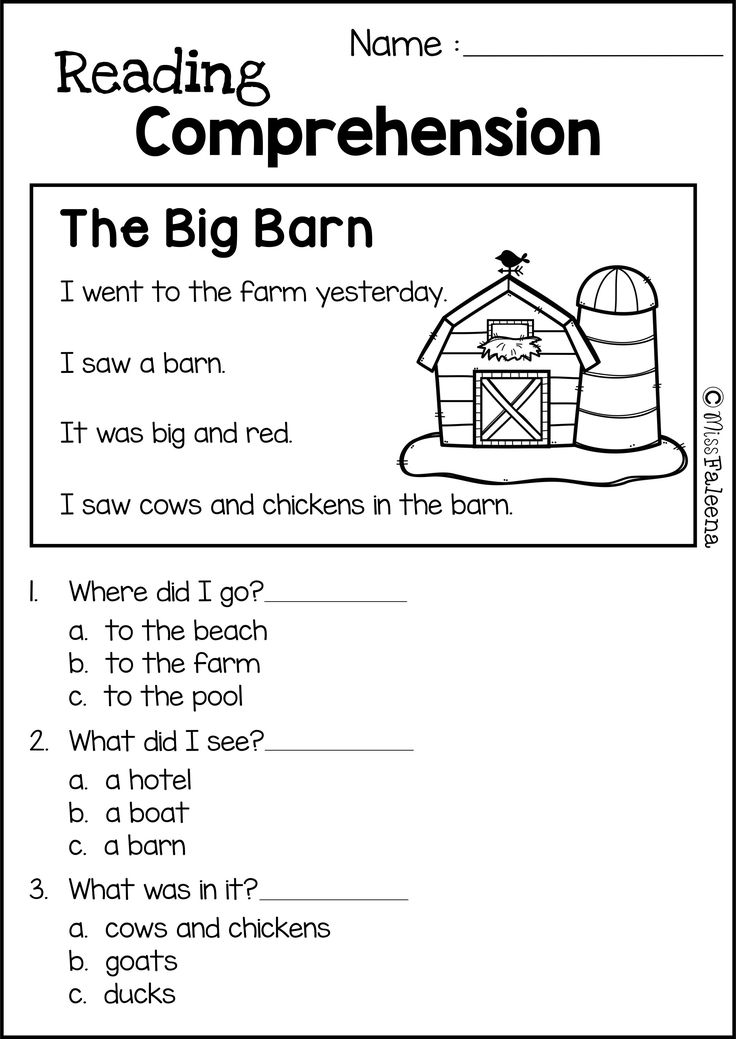 Children will learn to read and get better at reading with our exclusive learning materials.
Children will learn to read and get better at reading with our exclusive learning materials.
Use this chart as a reading level finder. You’ll find just the right books and videos to improve your child’s reading skills.
How to Test Reading Level Online: The Ultimate Guide
I decided to start hunting for a reading level test for my kid during my first year of homeschooling.
I had a first grader who had completed her phonics curriculum, but wasn’t really interested in chapter books. She loved for me to read to her, but was not interesting in reading very much herself – which stressed me.
As a frazzled, first-time homeschooler, I wanted to test her reading level to see if she needed more reading instruction, more practice, or if she was right where she needed to be.
I have tried a number of online reading tests over my homeschooling years and have found that they are not all created equally.
In this post I am going to share with you everything you wanted to know and more about giving your kid a reading level test.
But First, Avoid Reading Level Tests If…
Your kid is still going through a high quality phonics program, such as All About Reading, Explode the Code, or Primary Phonics.
Let your kid finish the program before worrying about what grade level they may be at.
Most reading tests do not assume that the child is learning phonics (since most kids aren’t) and will rely more heavily on sight words they think the child should have learned by a certain grade.
Taking a reading test with a kid who hasn’t finished their phonics reading curriculum is probably not going to be helpful to a parent or child.
Do Take a Reading Level Test If…
-
You have just started homeschooling and have no idea where your kid should be placed for reading.
-
You have finished a phonics program, but are still unsure if your kid is where they need to be.
-
You think your child might be gifted reader and want to see what level they are testing at.
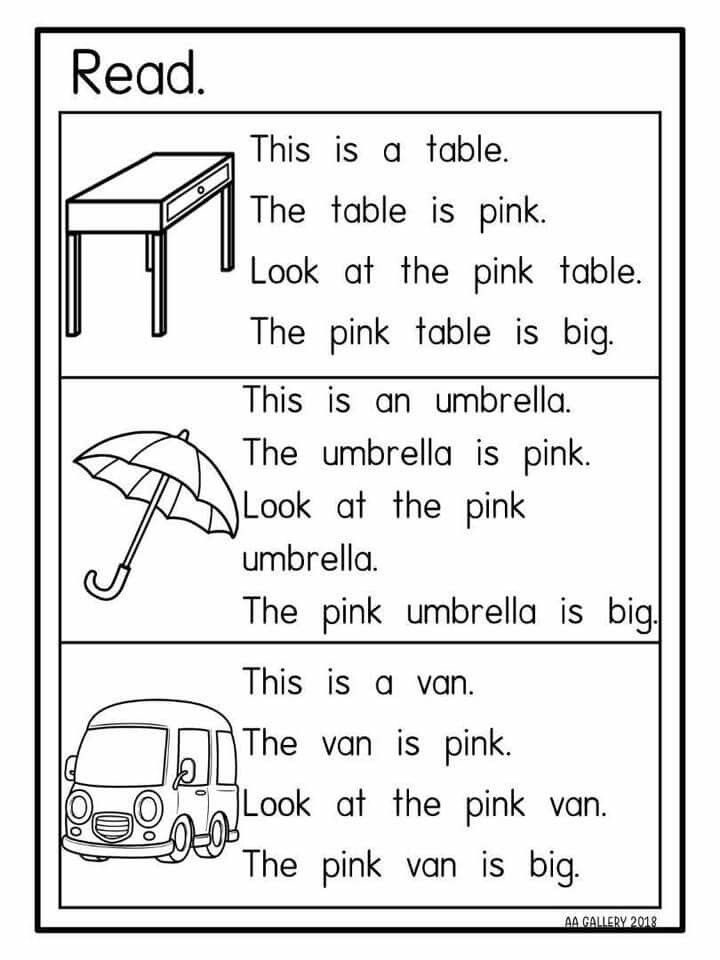
-
You want to make sure your student is progressing, even though they’re not reading aloud to you anymore
-
You need to make sure you are buying the right level books for your child to read.
-
You want to see if your kid is smarter than someone else’s kid and you want proof.
These are all great reasons, well except for that last one. Definitely do not test your kid for homeschooling glory.
Hopefully that gave you a laugh, so let’s dive in!
4 Tips for Getting the Best Results When You Test Reading Level
1.Take the Reading Test Yourself
I took a lot of time to explain how the test runs below, but it would be helpful to run through the test yourself first. Make sure you know how to administer the test and confirm that the reading assessment is a good fit for your kid.
2. Administer the Reading Test at the Best Time
Make sure that your kid takes the test when they are their best.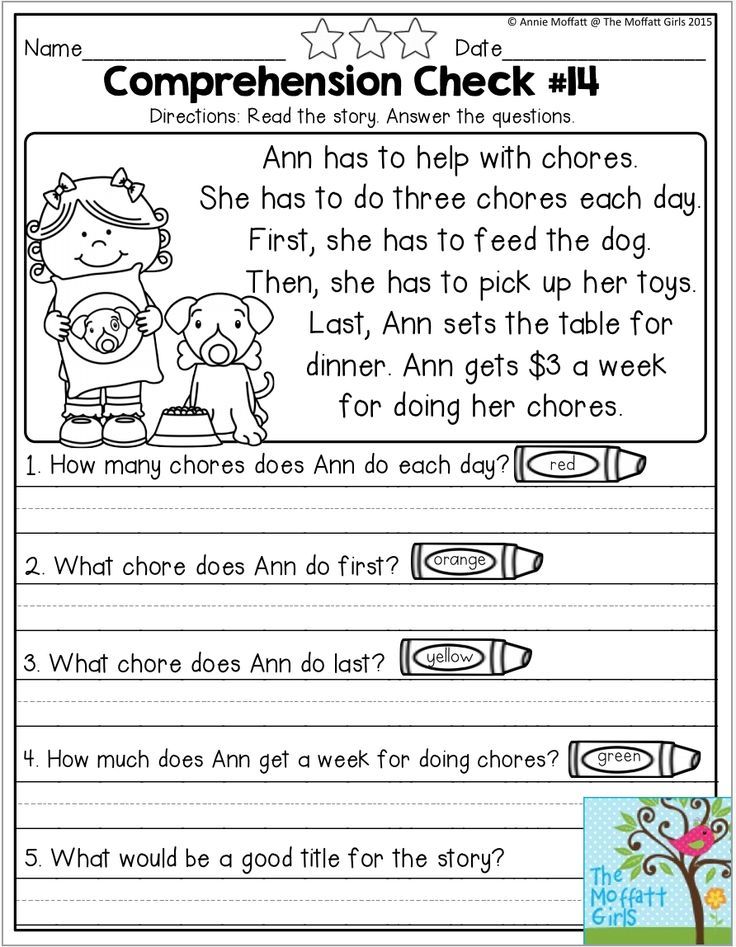 Is that first thing in the morning, in the evening, or right after lunch (probably not)?
Is that first thing in the morning, in the evening, or right after lunch (probably not)?
Ensure your kid has plenty of energy, isn’t hungry, and is in a comfortable environment with minimal distractions.
3. Prep Your Kid Mentally
If you are giving a reading assessment to your kid, there is a good chance that your kid is already a little insecure about reading. Do not put the pressure on them that this test evaluating them.
I have given several reading tests and I make a point to tell them it is no big deal, but I do need them to do their best. I go on to say that I need to evaluate our curriculum. Depending on how they do on the test, I will make decisions about what books I need to buy for the next school year.
This takes the pressure off of them.
The are not being evaluated – the curriculum is being evaluated.
4. Do Not Share Their Results with Them
When the reading level test is complete, tell them they did well and that you are happy with their effort.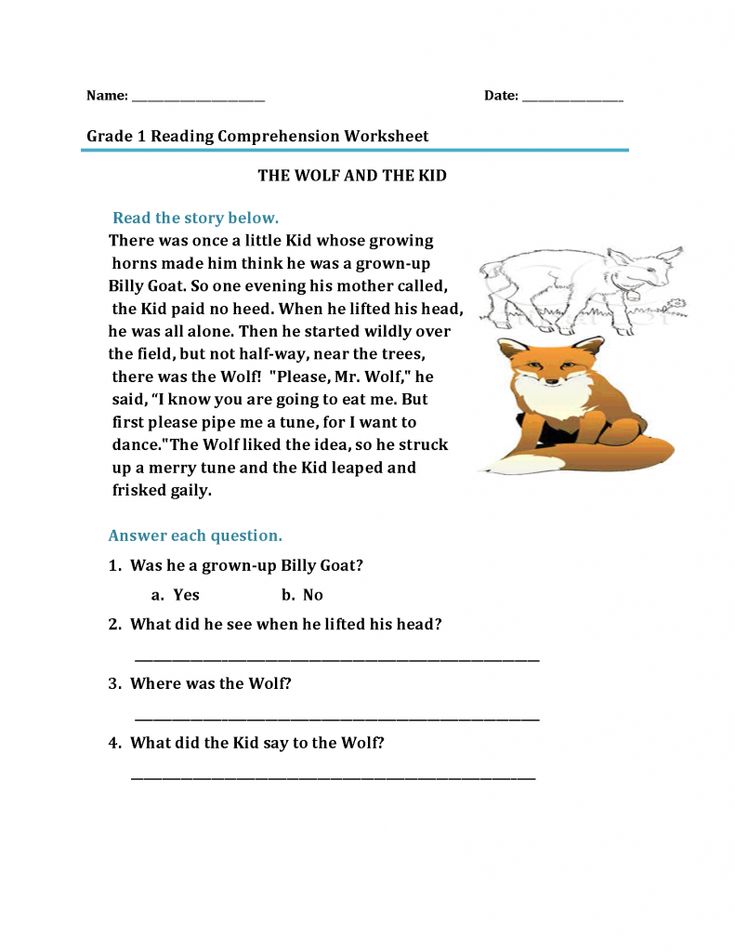
If the score is less than you were hoping for, you don’t want to destroy their confidence. If it’s really high, you don’t want them to be prideful and brag about it.
Either way, tell them they worked hard and you’ll use the scores to make the best decisions for their education.
This also helps if you plan to test their reading in the future. They will go into the assessment with no expectations – positive or negative.
3 Free Ways to Test Reading Level Online!
1. MacMillian Reading Level Test
The MacMillian Reading Level test seems to be one of the most popular and trusted reading level tests out there.
I used it with my daughter a couple years ago and I recently tested my own reading level to refresh myself on their process.
How the MacMillian Reading Level Test Works
Everyone starts at the easiest level. You are provided a picture and a fill-in the blank question. There will be 4 multiple choice options to choose from.
As you answer questions you progress through the levels until you have missed a certain number.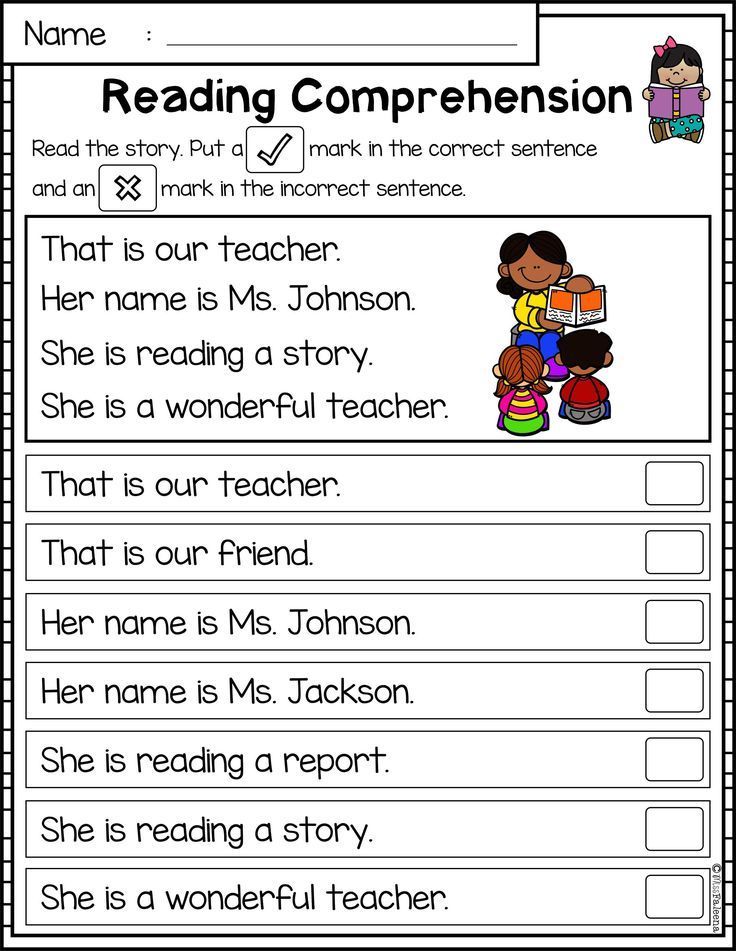 Then you are immediately told what level reader you are – Starter, Beginner, Elementary, Pre-Intermediate, Intermediate, Upper-Intermediate, or Advanced.
Then you are immediately told what level reader you are – Starter, Beginner, Elementary, Pre-Intermediate, Intermediate, Upper-Intermediate, or Advanced.
Interestingly, I found the questions to be a bit slanted towards an understanding of grammar and reading comprehension.
Here is an example of a grammar question. Your kid may be able to read all the words, but does he understand the correct verb agreement?
Pros and Cons of MacMillian Reading Level Test
The benefits of this online reading level test are that it is free, simple to use, and provides you an answer right away (no need to wait for an email).
It is also a great test for a kid who can read, but struggles with comprehension.
The negatives to me are that it seems to be testing more than reading and the results do not provide a grade level. You may not know what to do with an “Elementary Level” result. It is kind of a broad answer.
One More Thing to Know About MacMillian Reading Level Test
The test does not tell your child when they miss a question. I intentionally missed questions in order to see what would happen and it just went to the next question.
I intentionally missed questions in order to see what would happen and it just went to the next question.
This might help if your kid would be stressed by a reading level test – no big red X when they make an error.
2. San Diego Quick Assessment
I have also used this reading level test with my kid – twice actually – and it lives up to its name!
It really is quick!
How the San Diego Quick Assessment Works
Go to this online PDF and print off the four pages.
You will see grade level words in columns from Pre-Primer through 11th grade. There are 10 words in each column.
Give your child the student portion and ask them to start reading down the first column. Use your grader sheet to check off if they read the word correctly or not.
The test helps you break down the results in terms of Independent Level, Instructional Level, and Frustration Level.
Pros and Cons of San Diego Quick Test
The benefits of this online reading level test is that it does give a quick and free snapshot of your kids reading level.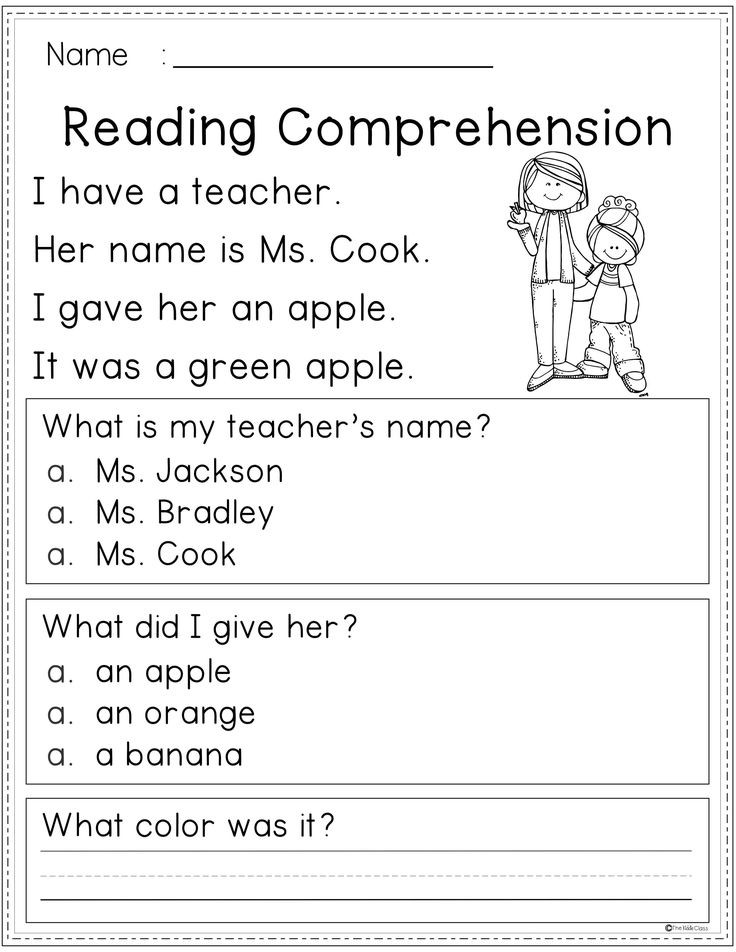 No lengthy test that your child gets bored with.
No lengthy test that your child gets bored with.
It is also on paper, which many kids do better with than reading off a screen.
The test doesn’t have any context or pictures to help your child. It will really tell you if they can read or sound out the word or not.
Parents will also like that they get a solid grade level result – a little easier to understand and work with.
The only con I have is that determining grade level with just 10 words is pretty arbitrary. You child may know many other grade level words, but not necessarily the ones on this list.
3. Pioneer Valley Reading Test
This is the most recent online reading level test we’ve used and by far my favorite. I found it to be much more comprehensive and I felt the results were a much more solid reflection of my daughter’s true reading skills.
How the Pioneer Valley Reading Test Works
This online reading assessment is broken into two parts.
Part One: High Frequency Word Reading
The first part consists of words coming across the screen for your child to read.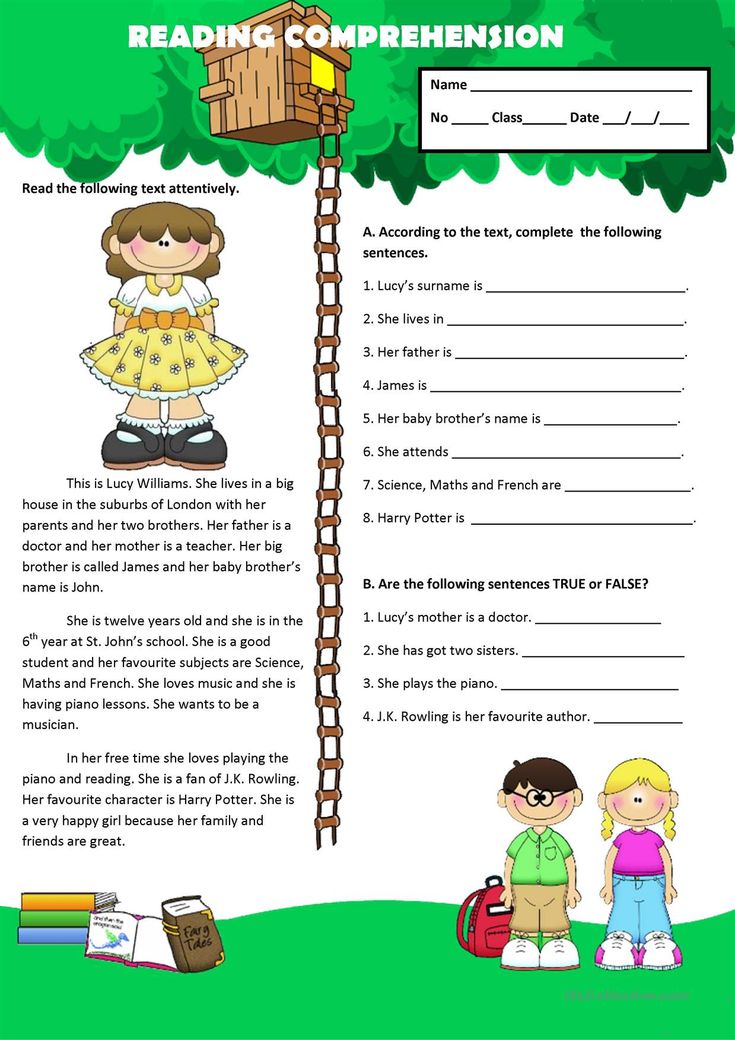 The words are simple at first and then get more complex. The parent sits with the child and clicks “Correct” or “Incorrect” as the child reads each word.
The words are simple at first and then get more complex. The parent sits with the child and clicks “Correct” or “Incorrect” as the child reads each word.
Once the child misses two words, she is moves on to the next step.
Part Two: Reading
You will be asked to sit with your child while they read through an interesting story. Make a mark on a piece of a paper every time your child misses a word in the story.
At the end of the story you will be prompted to record the total number of words your child missed and whether or not they struggled to complete the story. Based on those results your child will either move forward or backward on a scale of A-Z. Eventually your child will be assigned a Letter Level and you will see a chart that corresponds to a grade level:
Pros and Cons of Pioneer Valley Online Reading Assessment
I thought this was much more involved and thorough than other tests we have tried.
Even if your child encounters words he doesn’t know in the first part of the assessment, there are still many other chances in part two to show their reading skills.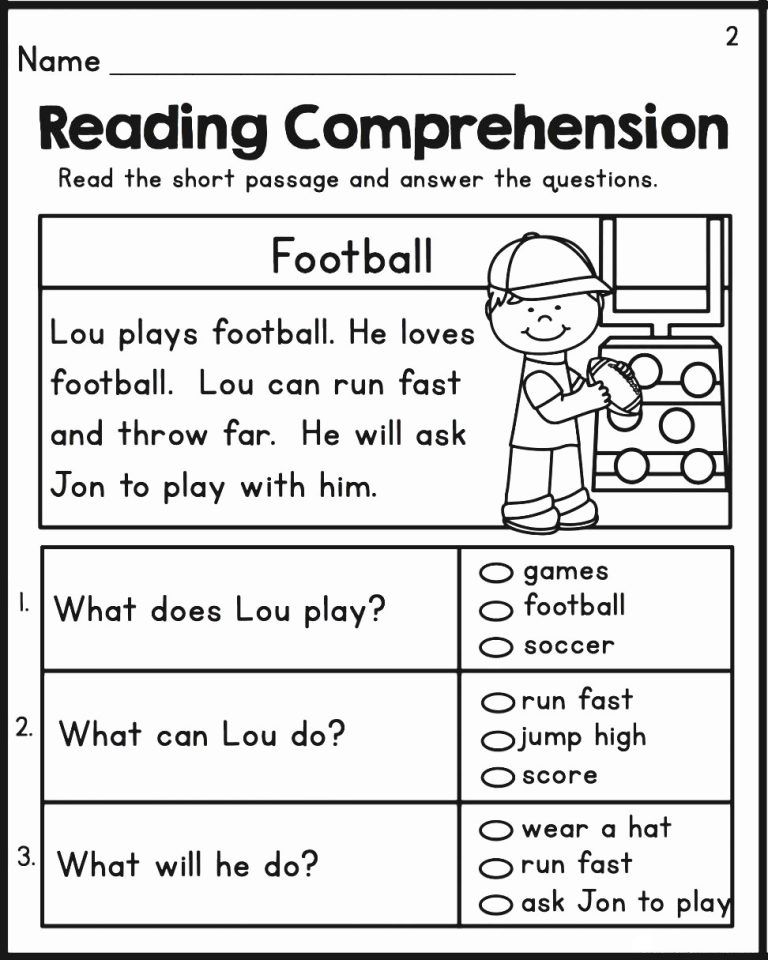
Other benefits include: it is free, the stories were interesting to read, and there was an option to test reading comprehension after each story.
Cons for me would be that the scale does not go beyond 6th grade. It just says 6 grade +. I would have liked to see a scale that goes into high school level.
Other Free Online Reading Level Tests to Try
There are many other resources to try out there to test your kid’s reading level!
Here are some other tests that might be the perfect fit for you and your kid:
Red Cat Level Reading Assessment
Oxford Owl Online Reading Test
Oxford English Reading Test
Good and the Beautiful Reading Level Assessment
Wide Range Reading Test
Not Happy with Your Kid’s Reading Level Test Results? Try these ideas!
1. Take a Different Reading Assessment
It is possible that the test you chose just didn’t jive with your kid. If you are unsure about the results, don’t be shy about waiting a day or two and then doing another reading test with your child.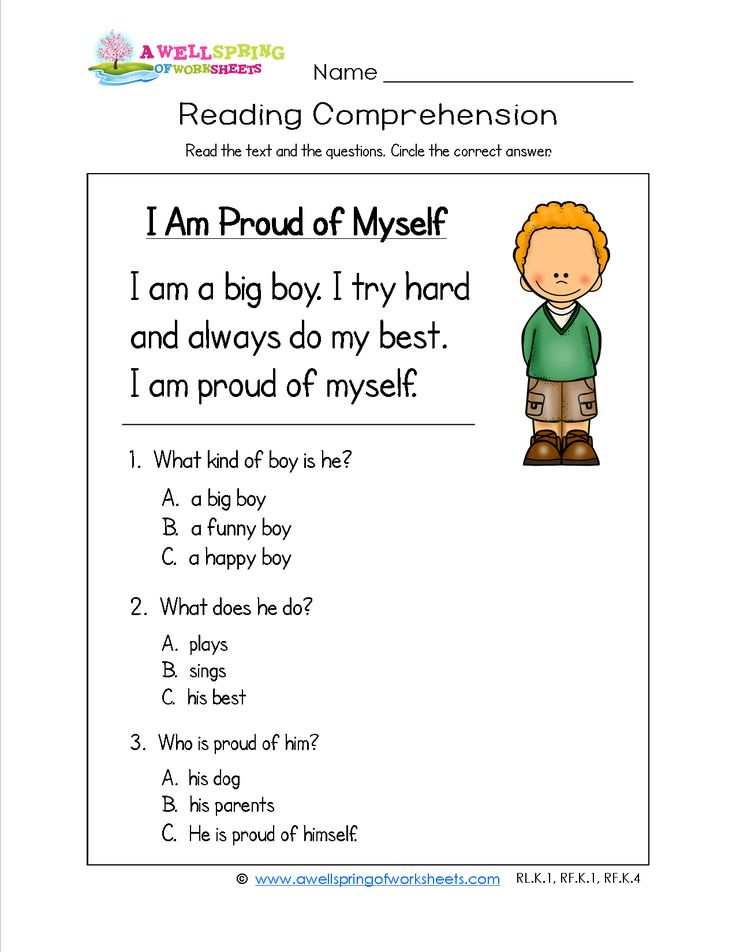
2. Think about what they struggled with the most during the the Reading Level Test
These reading level tests are excellent tools to help you pinpoint exactly where your child needs help.
Did your child struggle because of any of these issues:
-
Sounding out
When your child came to an unfamiliar word, did he freeze up, melt down, or give ridiculous guesses? If so, consider working with your kid on their phonics.
A high quality, low cost phonics program we love is Explode the Code. These simple workbooks are known for giving kids confidence and raising reading levels.
-
Vocabulary
Did your child manage to sound out a word, but have no idea what it meant? As your kid climbs the reading levels, increasing their vocabulary is crucial.
Some simple ways to increase vocabulary are reading aloud to your child regularly, using higher levels of vocabulary around the house, and including vocabulary curriculum in your homeschool.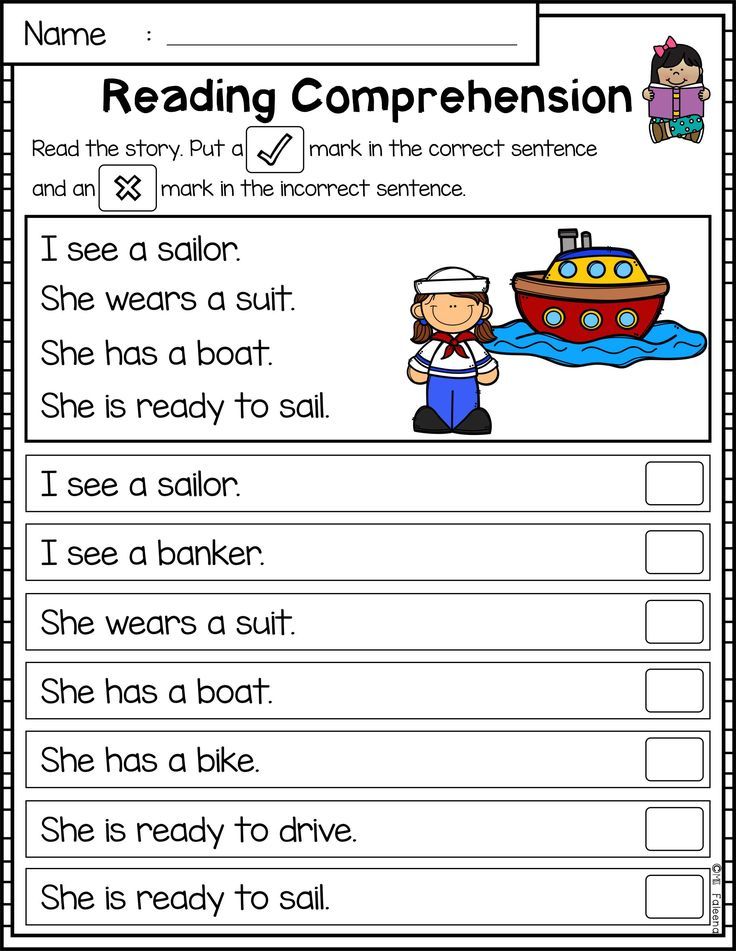
I recently bought Word Roots for my 4th grader and we are so excited about it. It teaches the Latin roots of English words so that kids can break down AND understand a large number of difficult words.
-
Comprehension
Is your kid reading beautifully, but has no earthly idea what he just read? Many parents would be jealous of the beautiful reading, but the comprehension is just as important – if not more so.
Providing your kids with a continuous flow of interesting books that spark their imagination will help a lot in this area. And I hate to say it, but decreasing their screen time will also dramatically help.
If your child continues to struggle with comprehension, consider looking into the Reading Detective series. We have added this workbook to our homeschool curriculum and I think it has really stretched my daughter. The workbooks teach children how to analyze a short story while answering multiple choice questions AND citing the paragraph or sentence number that proves their answer.
-
Fluency
Did your child painstakingly struggle through sounding out just about every word? Even the short vowel words?
The best thing for fluency is a high quality phonics program as mentioned before and practice, practice, practice.
I am a huge fan of easy phonics readers and keep multiple sets around the house. Here are some of our absolute favorites:
-
Bob Books
-
I Can Read It! Books
-
Primary Phonics Readers
-
Now I’m Reading! Books
-
Tug the Pup Books
-
Usbourne Phonics Readers
Recap Reading Level Test Guide for Kids
Remember above all else that a reading level test is a tool to help you customize your kid’s education and help them succeed.
It is not a grade for your parenting.
Or a grade for your homeschool.
You are not necessarily a failure or a success no matter how your child scores.
Use these free online reading tests to drive you forward and you can’t go wrong!
Have you tried an online reading test that isn’t mentioned here? Please share in the comments!
Do you want to make sure you save all this information for later – smart thinking! Just pin this article to your favorite Pinterest post and definitely share with your friends and followers!
Read Next:
Test whether the child is ready to read. Is your child ready to learn to read? Test and play with sounds. Signals for parents
Most parents believe that it is necessary to teach a child to read no later than the first grade. However, the same methods cannot be applied to preschoolers as to 7-year-old children. we found that before learning letters, it is worth taking care of the child's vocabulary and whether he can tell stories. Today is about how to move forward in learning to read further.
"You mean words are made of sounds?"
We have already established two aspects of language that form the basis for developing literacy and then reading: vocabulary and storytelling.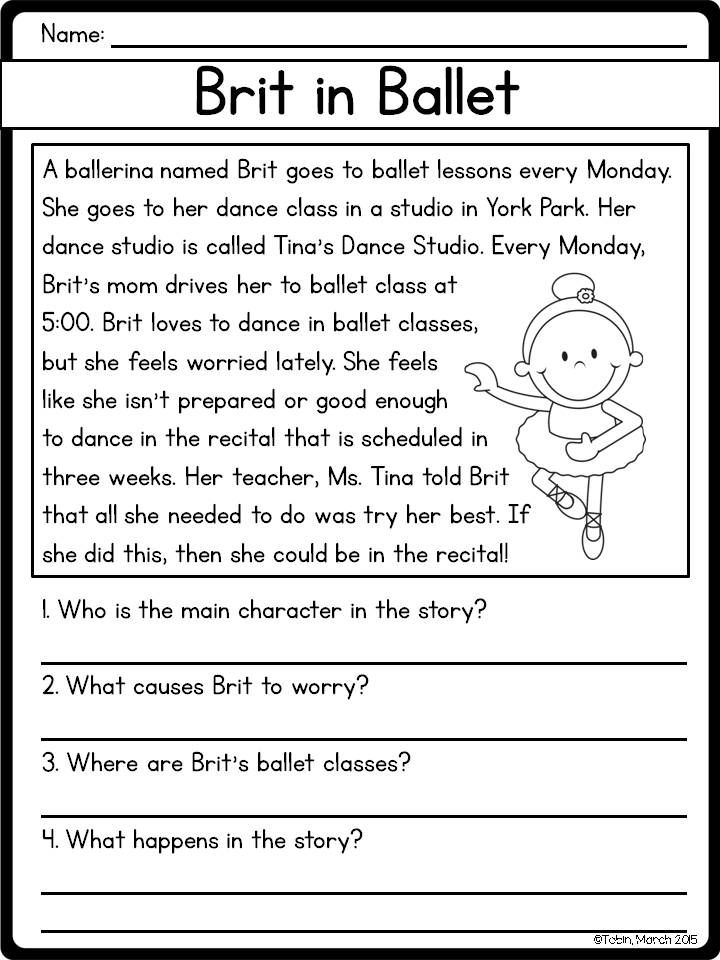 The third component is called phonological awareness. We use phonological awareness when we can isolate the "b" sound in the word "bolt" or the "l" sound in the word "log". In fact, for young children, this is a very difficult task.
The third component is called phonological awareness. We use phonological awareness when we can isolate the "b" sound in the word "bolt" or the "l" sound in the word "log". In fact, for young children, this is a very difficult task.
How does a child come to understand the fact that the word "cat" is made up of 3 different sounds? How do we know if a child has already developed phonological awareness?
Some researchers suggest that young children manipulate the word or analyze its sounds. For example, a child might be asked, "Say top." Now say that word again, but without the “t” sound. Or: "Say 'key'. Now say that word again, but remove the “ch” sound and insert the “v” sound instead. What will happen?"
Sound and Syllable Test
One of the most brilliant approaches was developed by Dr. Isabel Lieberman. During the experiments, four-year-old children were given a stick and then asked to hit it on the table as many times as they heard sounds in a given word.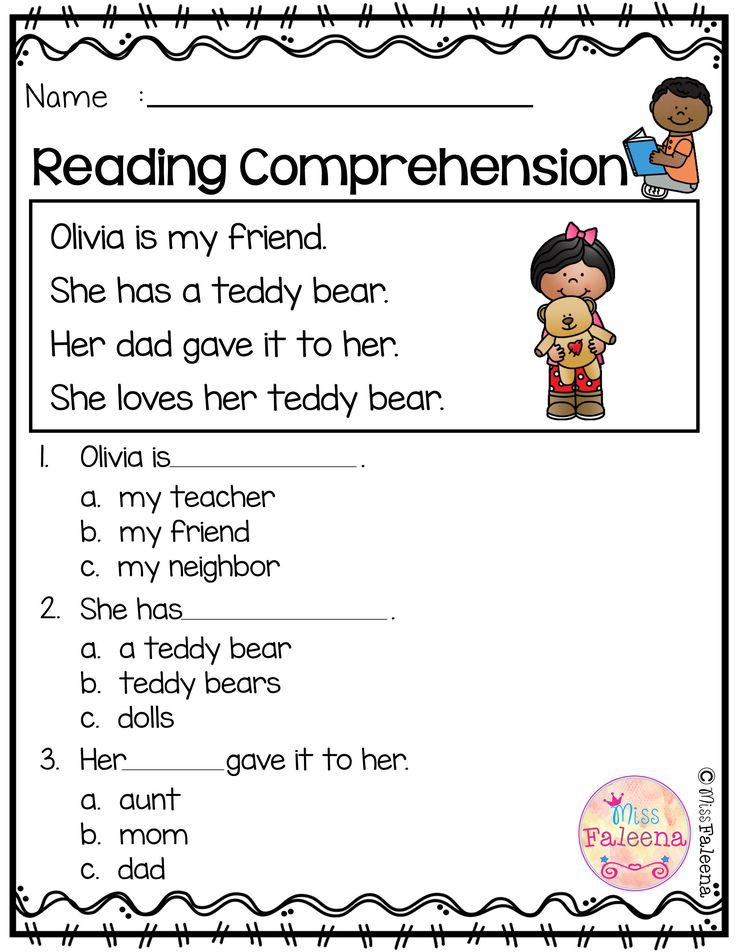 Then each child was read aloud (one at a time) 42 monosyllabic words, each of which consisted of 1-3 sounds (phonemes).
Then each child was read aloud (one at a time) 42 monosyllabic words, each of which consisted of 1-3 sounds (phonemes).
Next, Dr. Lieberman tested another group of four-year-olds, asking each to complete the same task, only with syllables. This time the children were read a list of 42 words consisting of 1-3 syllables. For example, Dr. Lieberman could ask a child, "How many parts do you hear in the word 'rocket'?"
What were the results? The four-year-olds who took the phoneme test did not answer a single question correctly. But about half of the four-year-olds coped with the syllable task. This fact leads to two conclusions. First, it means that preschoolers are able to play this game when the unit of analysis (syllable) is large enough for them to notice. Secondly, it shows that preschoolers are not sensitive enough to the individual sounds (phonemes) that make up words.
Dr. Lieberman then gave the phoneme task to older children who were already learning to read.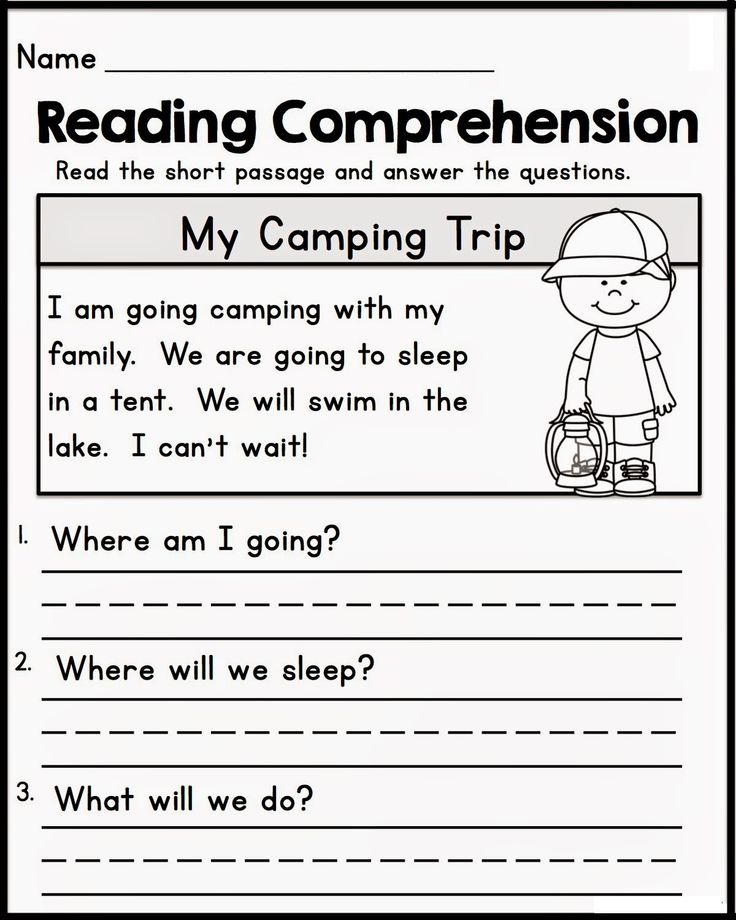 She found that the children who were the best in the class in reading did well on the phoneme test. And of those children who failed the phoneme test, half were in the weaker part of the class in reading skills.
She found that the children who were the best in the class in reading did well on the phoneme test. And of those children who failed the phoneme test, half were in the weaker part of the class in reading skills.
How to learn to distinguish sounds? Play!
To date, many other studies have confirmed these findings. It is now clear that a lack of phonological awareness is one of the leading causes of reading problems. We also know that children with this awareness are better at reading. And we know how to help children gain phonological awareness. Basically - through children's play!
Play with speech by singing songs or reading nursery rhymes , necessarily rhymed. Simple songs and rhymes like “Above the lamp are midges, under the lamp of cats” help children realize that the initial sounds in words can be replaced by others. Replace the initial letters, creating new names from the old ones, for example: "Vanya - Sanya - Danya - Manya." There are many similar games with word transformations.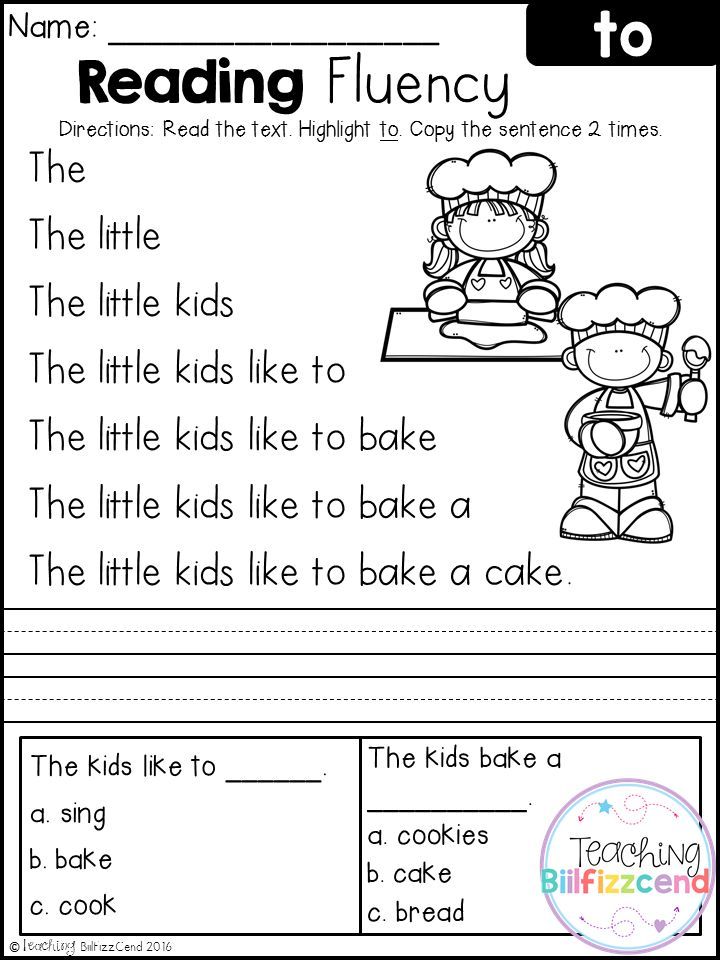
It is very convenient to play with words in transport or while traveling in a car. pay attention for items whose names begin with different sounds : "Can you find anything that starts with an 'ch' sound? Oops, I see something. It's a man!" (Such games can even reduce the frequency of children's eternal questions: “Are we coming soon?”.)
Another option: say a word familiar to the child and ask him to say one of its parts without the other : "You know the word 'balcony'. And what happens if you remove the "kon"?
Attention: reading!
Just as spoken language is made up of sounds that are in themselves meaningless, so written speech is made up of "squiggles" on a page that are themselves meaningless. Only when a child breaks this code and discovers that the "squiggles" have a certain meaning can he learn to read.
Imagine that you are holding a book written in a language you are not familiar with, such as Greek or Chinese. What do you need to learn how to read these obscure icons?
First of all, you will need the ability to separate letters from each other.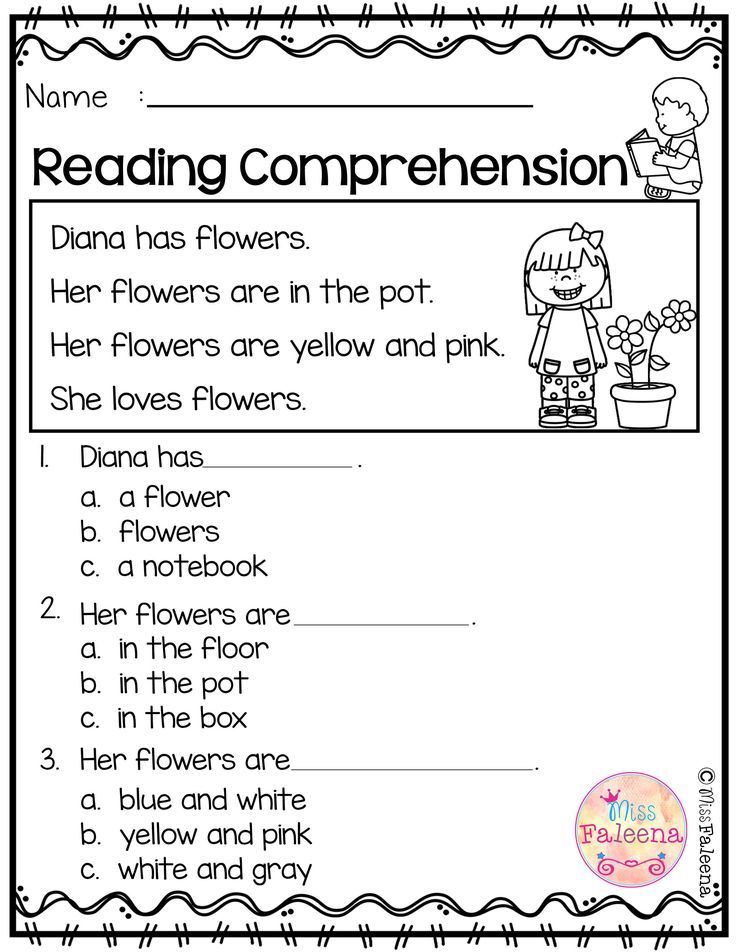 If you cannot separate one sign from the next, how will you read the words then? Next, you need to find out what sound each letter or group of letters corresponds to. After all, reading is, in essence, the translation of a printed text into oral speech, even if this translation takes place silently and only “in the head”.
If you cannot separate one sign from the next, how will you read the words then? Next, you need to find out what sound each letter or group of letters corresponds to. After all, reading is, in essence, the translation of a printed text into oral speech, even if this translation takes place silently and only “in the head”.
You also need to know how to combine letters and their sounds into words, merging them together. Although it is given to us adults without effort, provided that the text is written in our native language, it will not be so easy to do this, for example, with a Greek text; And this is exactly what our children have to learn.
This puzzle has one more piece. Before you can even begin to identify letters or icons, you need to know which direction the unfamiliar text is heading. Maybe just like in English - from left to right. Or maybe it should be read from top to bottom (like Chinese characters) or from right to left (like Hebrew).
Finally, you need to know in which direction to turn the pages of the book.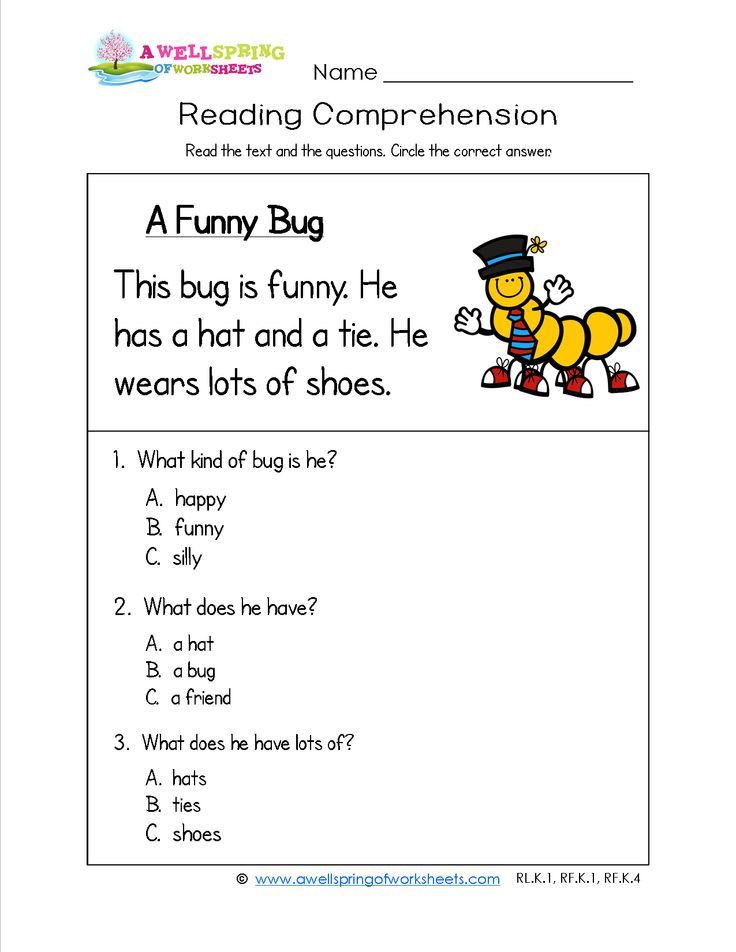 English people read a book from beginning to end, right? So, what is the beginning for us is the end for other language groups! In Hebrew, the reader starts at what we think is the end of the book.
English people read a book from beginning to end, right? So, what is the beginning for us is the end for other language groups! In Hebrew, the reader starts at what we think is the end of the book.
It's amazing - and how did we manage to put together all the pieces of this puzzle in such a way that by the end of the first grade the school could read small books completely independently?!
Discussion
My older children were not ready to learn reading before school, somehow mastered this science in the summer before school
Everything has long been decided by those who really govern the country. all power is bought. elections are a farce. I don't believe in democracy and freedom for a long time. More freedom for those who have more money. So everywhere in Ukraine and in Britain and in the USA.
I'm saying this. Because I know. I want to tell a little more about this world than the authorities or corrupt media say about it. Go to my blog on the Politics Online website [link-1].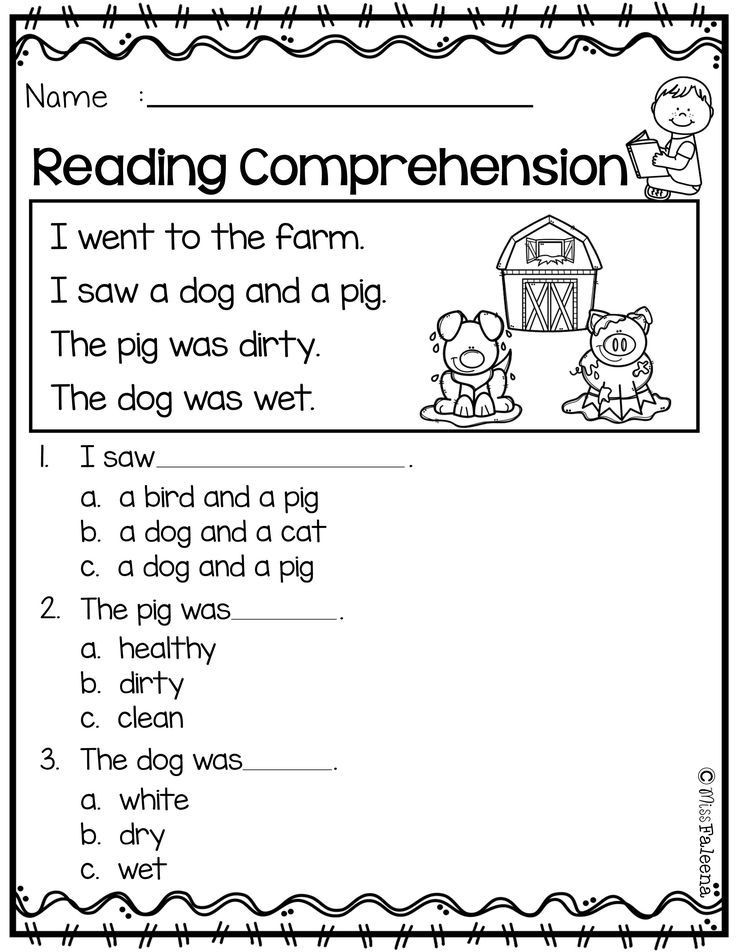 I have records, videos, petitions and a lot of other useful information here.
I have records, videos, petitions and a lot of other useful information here.
My principle of authorship is truth and justice ....
Comment on the article "Is the child ready to learn to read? Test and games with sounds"
More on the topic "Games with sounds for preschool children":
Here's a question . The school is ordinary. There is no interview, everyone is accepted. The child, of course, knows the letters, reads by syllables. But is it necessary to specially strain reading in the summer, or is it enough just to be able to somehow add letters into words?
~~~ Playing music at preschool age develops the brain, improves its structure. It is at this age that an excess of neurons is observed, and then it decreases than Musical classes for children 3-4 years old. 12 finger games - for home, holiday, developmental activities.
learning to read. Education. Child from 3 to 7. Education, nutrition, daily routine, attending kindergarten and relationships with people online.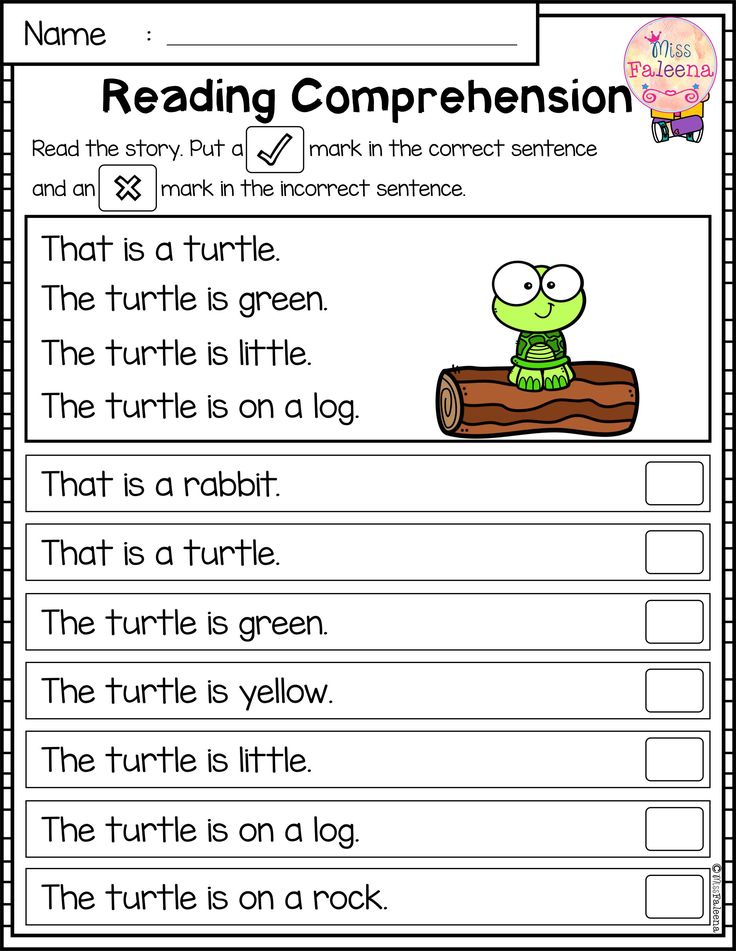 I borrowed from Tolstoy the idea that learning to read can take place anywhere, and letters can be even from...
I borrowed from Tolstoy the idea that learning to read can take place anywhere, and letters can be even from...
Our child also reads and counts and is already seven years old, but we ourselves decided to send him to the next year. Psychologically, he is not yet ready, and And you are not quite right in assessing readiness for schooling. In addition to the ability to read, write and count, the ability to calmly ...
Yes, during the preschool period re should learn to work with sounds. If there are no difficulties with phonemic hearing (speech therapist with this) See other discussions: Is the child ready to learn to read? Test and play with sounds. Iotated vowels - in preparation for school??
Teach your child to pronounce consonants in clear sounds so that after consonants there are no words My children speak 3 languages Russian, German and English. in large batches in England and a demonstration cube for learning English. Early development - learning by playing.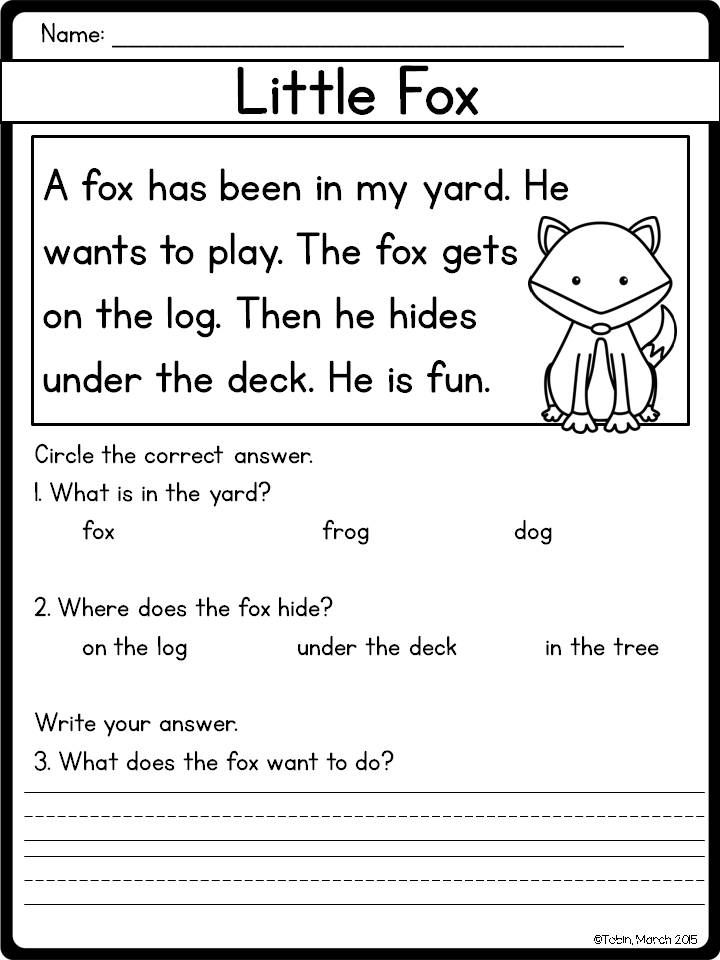
I found simple educational games for reading, where a picture is drawn and a word is written, and then these pictures with the words Dangerous, what a fuse the author has. TS is not ready for a remedial school, there is no time for a consultation with a defectogist, come what may, maybe we will pull it out.
Daughters are almost 4.5. There is absolutely no motivation to learn letters. I bought an electronic poster, there is a CD with the alphabet from Auntie Owl. Nastasya watches it like a cartoon (((Nothing is put off in her head. On the poster she turns on songs and dances))) I read below that they are already teaching to read, and we are all tinkering with letters. Can you recommend something useful?
Children with special needs, disability, care, rehabilitation, doctor, hospital, medicines. Any finger games, this is both an activity and a game, a sea of \u200b\u200brhymes, fingers and pens you move yourself. Blind completely, or is there residual vision? if there is, then lying on.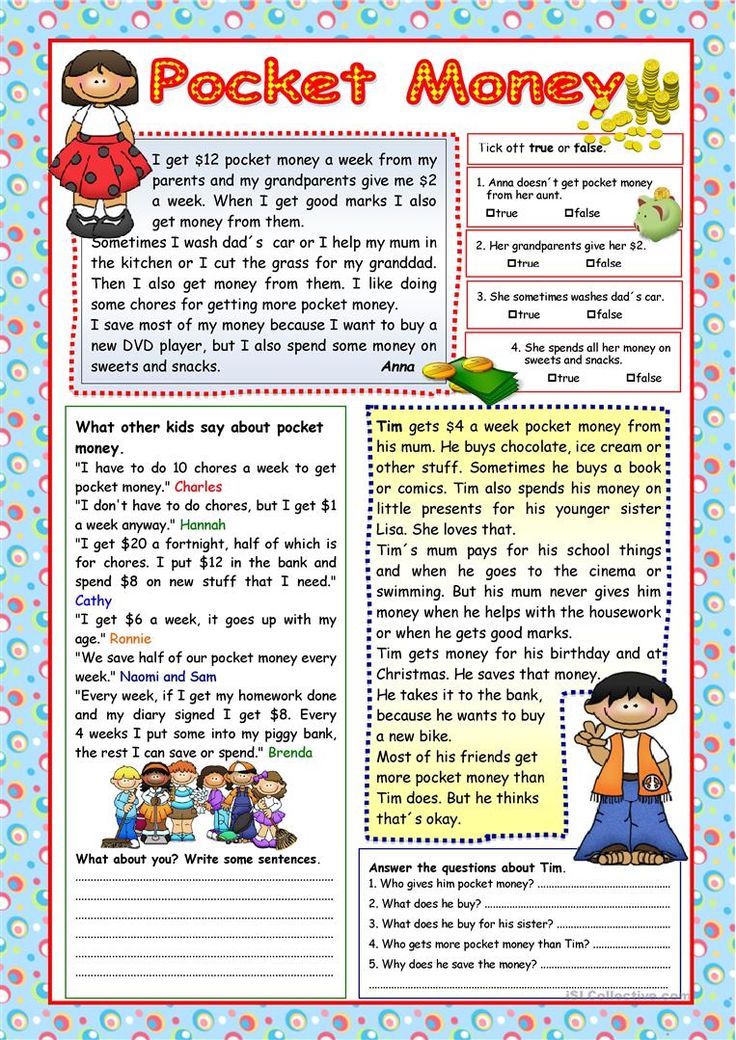 ..
..
Development of speech. Difficult words. It is very interesting to play word games with children. You can come up with sentences and short stories with difficult words. You can search\remember poems or songs with these words.
Toys and games. A child from 3 to 7. Education, nutrition, daily routine, attending a kindergarten and relationships with caregivers I wanted to learn something new. What do your kids like to play at that age? Not in the sense of toys, but some kind of games, with improvised material?
Child from 3 to 7. Upbringing, nutrition, daily routine, attending a kindergarten and relationships with caregivers, illnesses and physical activity Poems-dialogues, stories-dialogues - I ask for help. Have you noticed that many children really like all sorts of theatrical performances?
You cannot start learning to read when the child has serious problems with the general development of speech, with pronunciation (full "porridge" in the mouth), with hearing, etc.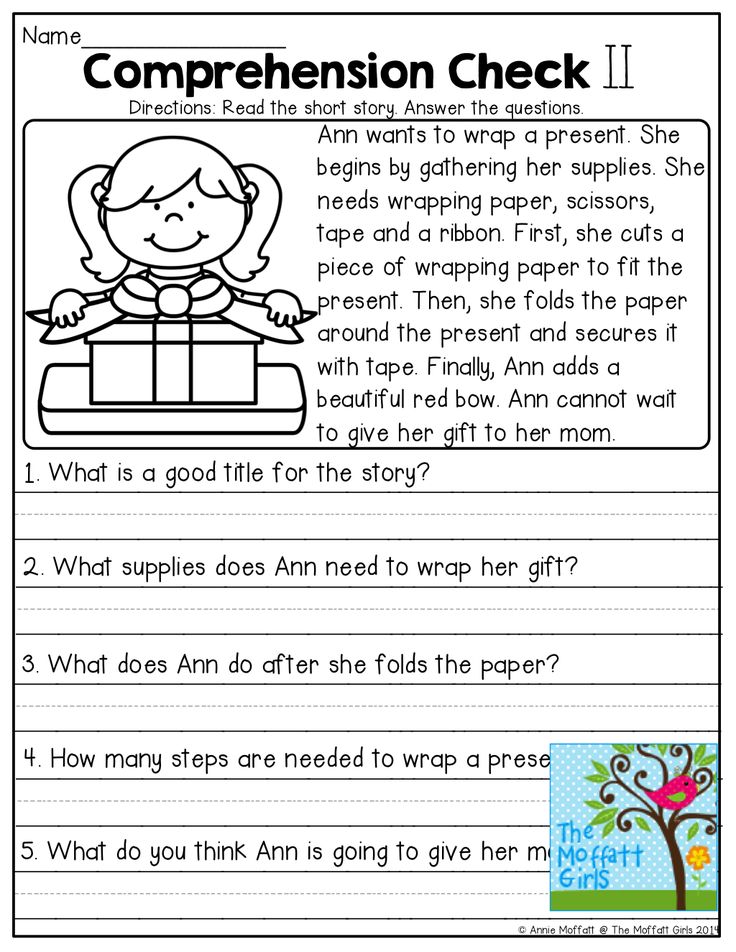 If the matter is only in the incorrect pronunciation of several sounds, then this cannot serve as an obstacle to learning to read.
If the matter is only in the incorrect pronunciation of several sounds, then this cannot serve as an obstacle to learning to read.
The child knows all the letters - learned on his own initiative, generally not indifferent to signs - letters, numbers, road signs, car brands. But he speaks very badly and little. At 3 years 4 months - at the level of a two-year-old and even worse. And then progress - in the winter there were only 25 words, now it’s already well over a hundred and more are added almost every day. Sentences of 3-5 words, "stories" of 2-3 sentences. Answers questions - most often in monosyllables.
I read (with my first child) about methods of teaching reading in whole words. Then it didn't come in handy - I learned to read myself Cards with words - this is Doman's technique. In my deep conviction, for teaching reading in RUSSIAN, it is completely unsuitable.
Kindergartens and preschool education. I show the formation of the word and give the mechanism: watermelon - because watermelons, owl - owls, kitten Why do we need sound - letter analysis? Explain to me why, for a slow-witted child, you need to go through .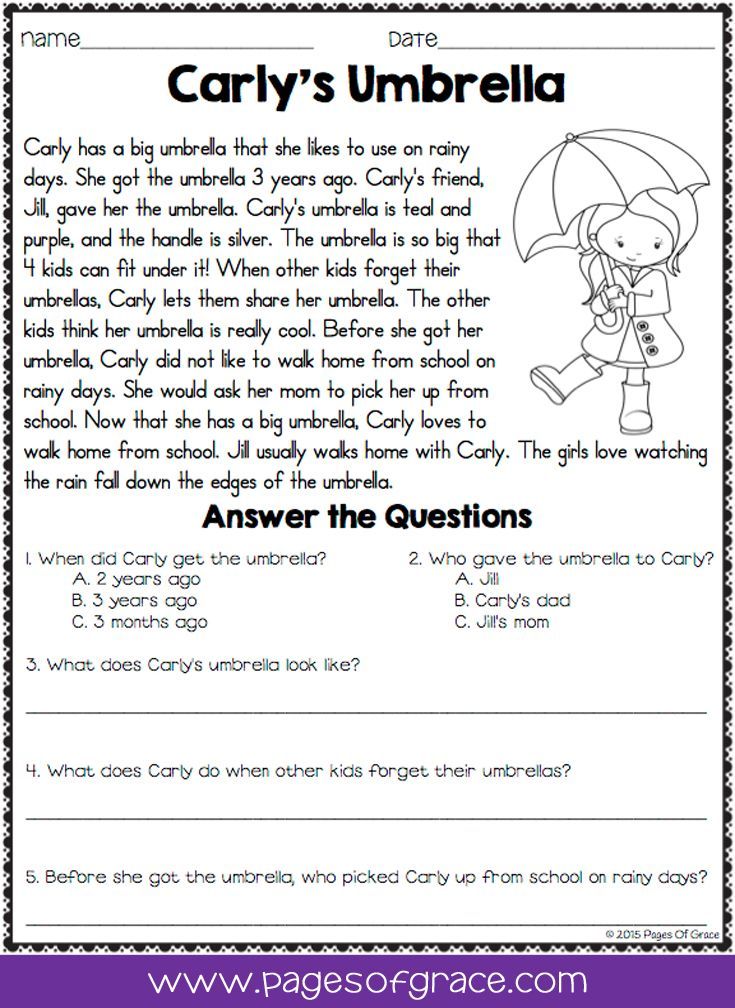 ..
..
Reads 60 words per minute at home, 38 words per minute at school (there is also a reading speed of 140 words per minute in the class). When I read to children, I read 120 words per minute, this is a normal perceived rhythm. Does it really matter if a child is not ready for school? The main thing is that he is ready and willing to learn!
Toys and games. A child from 3 to 7. Upbringing, nutrition, daily routine, attending a kindergarten and relationships with caregivers, diseases Favorite games at this age: find what looks like, like in a cartoon (banana to the moon, a bush to a dog, etc.) take turns calling what...
Sounds P-R" can be heard at the beginning, in the middle and at the end of words (example for each position) What is possible at school is not always suitable for preschool children. preschoolers and...
Learning to read . I'm sorry if I'm asking in the wrong conference.0005
At what age should a child be taught to read? How to understand that the baby is ready for a rather difficult process that requires the mobilization of many qualities? There are many opinions on this matter.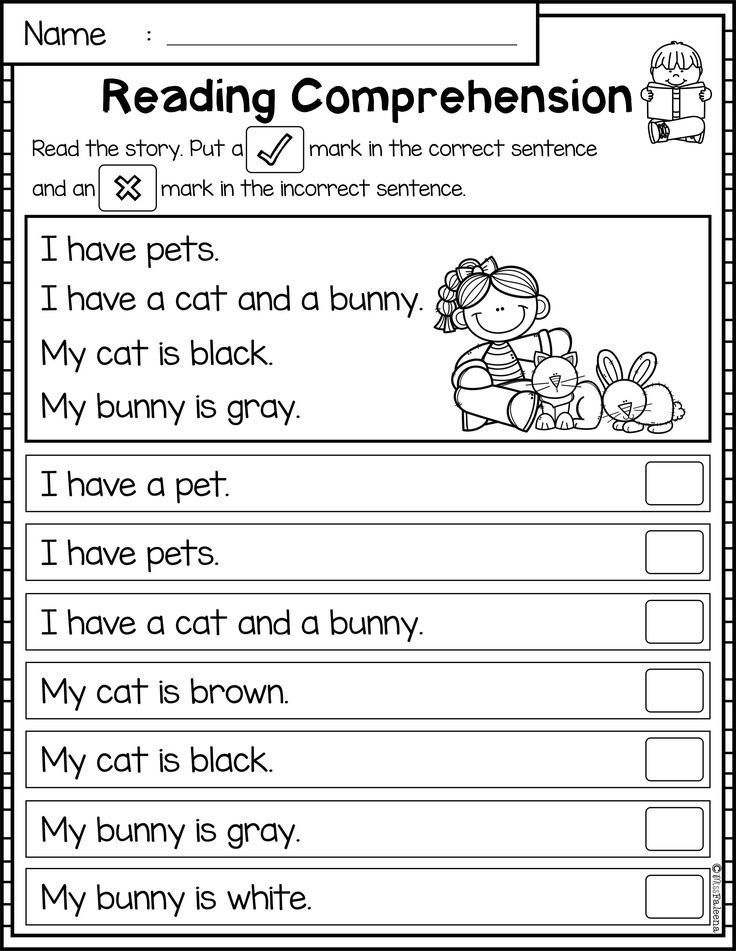 Most likely, everything here is individual. There were always four-year-olds who read fluently and ninth graders with difficulty putting syllables into words. The kid himself will tell you when it's time.
Most likely, everything here is individual. There were always four-year-olds who read fluently and ninth graders with difficulty putting syllables into words. The kid himself will tell you when it's time.
What experts think
In general, it is considered that the baby is “ripe” if:
- he already speaks well enough in sentences, expresses his thoughts in a coherent and accessible way; if this condition is not met, children may have problems with the development of speech - when learning to read (especially persistent), completely different parts of the brain are artificially activated than those that should contribute to the appearance of speech and communication skills at the appropriate age; there are also sad examples - kids who studied using Zaitsev's cubes before they began to speak, and as a result received a delay in speech development;
- the child has a well-developed phonemic hearing: he easily determines what sounds a word consists of, can distinguish a common sound in several words (for example, chocolate, cat, reeds), knows how to find images of objects in a picture whose names begin with a certain letter;
- the baby has no speech problems, that interfere with correct reading and the formation of phonemic hearing;
- the child is confidently oriented in space: knows where is right\left, top\bottom: this is necessary so that the baby does not read the words the other way around, from right to left.
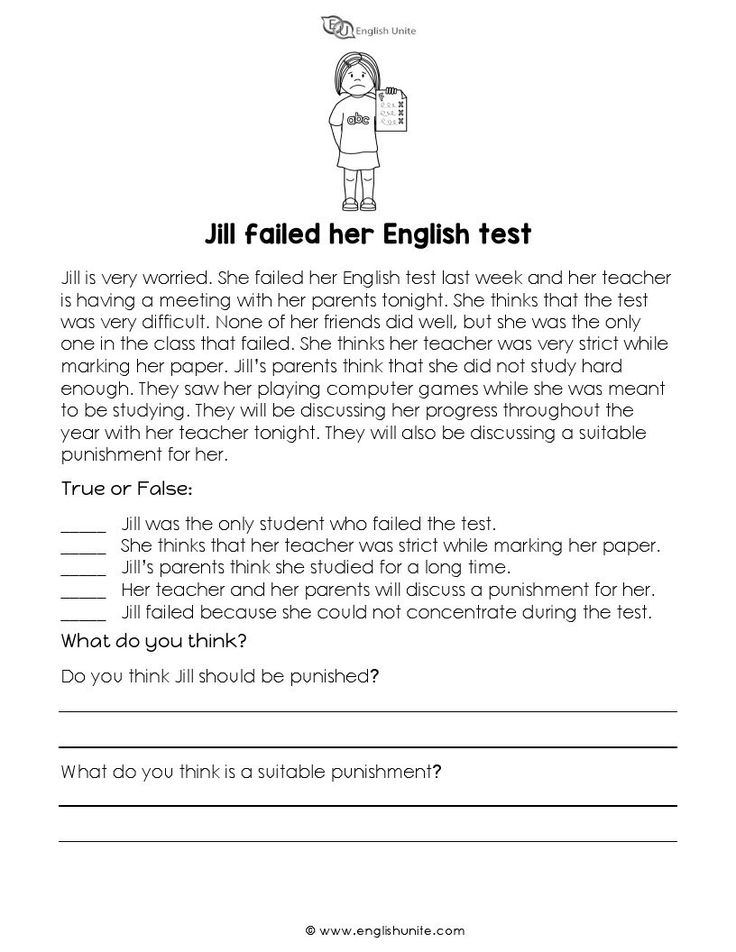
Some children reach such “heights” by the age of 3-4, while others mature only by school. In any case, teaching an unprepared child means wasting time and nerves in vain. So you can only harm the baby, discourage his interest in reading for life, slow down the development of other skills and abilities. The best option in some cases is not to do the reading itself, but to prepare to immersion in this process: the development of speech and phonemic hearing, the elimination of speech therapy problems.
Signals for parents
My eldest son knew letters and sounds at the age of three. Today this is no longer a rarity, many children even at an earlier age confidently name each unit of the alphabet. But when he suddenly began to ask what was written on the signs we met along the way and asked him to find cartoons about syllables on the Internet (for general development, they sometimes turned on such videos for him for a short time), it became clear: the time has come to try to teach him to read. We started cautiously, slowly, but the process went very quickly and easily. Interest did not weaken - on the contrary, it only increased. As a result, by the age of 3.5, he was already reading the names of the children on the badges of his classmates in the figure skating section. Well, and, of course, the son also could not calmly pass by the street signs.
We started cautiously, slowly, but the process went very quickly and easily. Interest did not weaken - on the contrary, it only increased. As a result, by the age of 3.5, he was already reading the names of the children on the badges of his classmates in the figure skating section. Well, and, of course, the son also could not calmly pass by the street signs.
By the way, the younger one has not shown such interest so far (he is 4 years old). He knows letters, he adds up simple syllables, he learned to read syllables, but he does not look at signs, he does not ask for help in reading a complex word, he is not enthusiastic about classes (very short and rare). All children are really very, very different, each has its own “talent”. Events should not be forced.
My children are smart and inquisitive, but still different.
Toddlers often let their parents know when they are ready to learn to read. It is important to recognize these signals and not disregard, then all explanations will fall on fertile ground.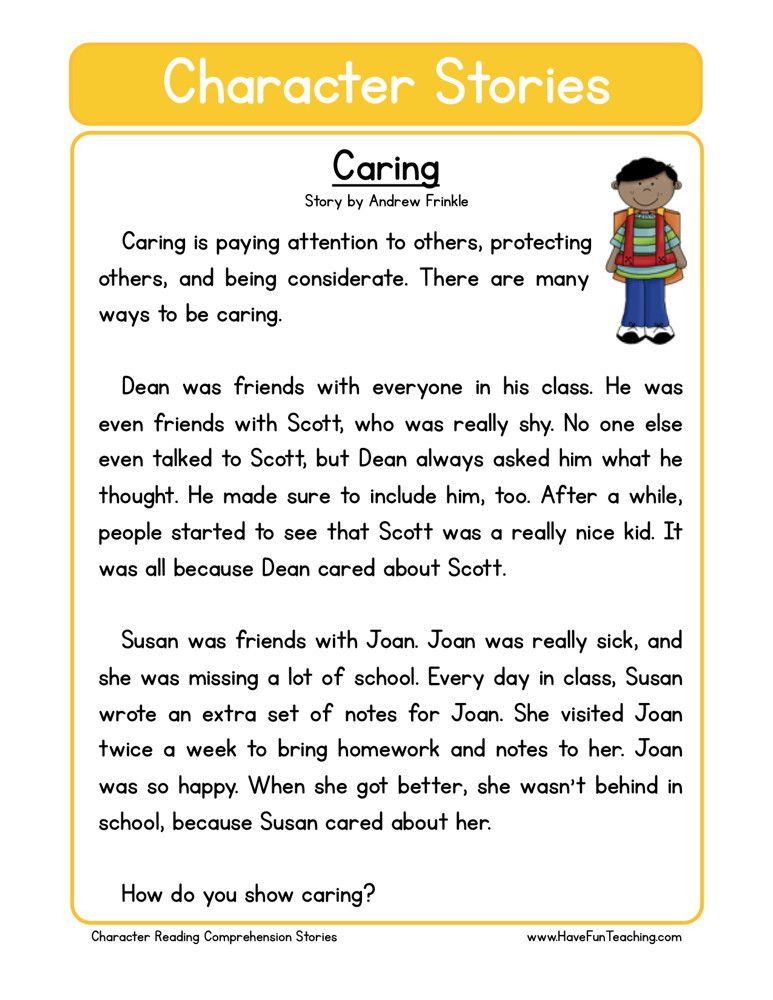 So most likely the child is already mature if:
So most likely the child is already mature if:
- periodically picks up a book and examines it for a long time, perhaps pretending to “read” it: retells a familiar fairy tale or composes something of his own, methodically moves his finger along the lines;
- creates his own “books”: imitating adult handwriting, “writes” the first works on a piece of paper, makes drawings for them or pastes pictures cut out from magazines;
- knows many poems by heart and can sing several songs;
- easily learned all letters and sounds;
- has a rich vocabulary;
- listens with pleasure to fairy tales and stories performed by parents, can answer questions about the content of the work after listening;
- easily selects several words for a certain letter;
- is interested in reading with his parents: the lessons give him pleasure, the kid himself asks questions, tries to read the signs on the street.
A 4-year-old baby can directly ask his mom or dad to teach him to read.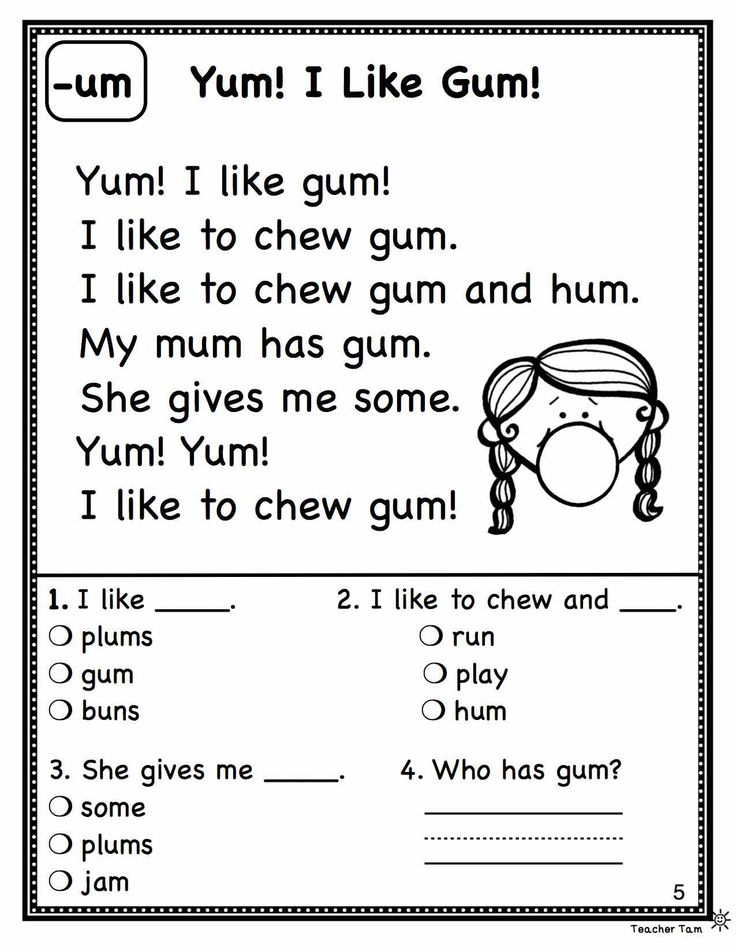 But even so, in order not to discourage his desire, you need to act carefully: to teach the baby in the game, using interesting bright aids, do not overload him with information, do not make the first lessons long (maximum 5-15 minutes). Well, what if the school is just around the corner, and the child is still not eager to take on the development of an important skill? It can be of interest, but this is a topic for a completely different article.
But even so, in order not to discourage his desire, you need to act carefully: to teach the baby in the game, using interesting bright aids, do not overload him with information, do not make the first lessons long (maximum 5-15 minutes). Well, what if the school is just around the corner, and the child is still not eager to take on the development of an important skill? It can be of interest, but this is a topic for a completely different article.
It is very important for parents not to miss the moment and start teaching their child to read on time. After all, now even in elementary school it is often required that a first-grader knows letters and can read short words. Child psychologists say that the ideal age for teaching a child to read is 5-6 years old. However, the psychological readiness of the baby is much more important than his age.
A child's readiness to learn reading skills can be determined by the following indicators:
- the child expresses thoughts and wishes in full sentences;
- answers questions correctly, is able to listen and understand what is read aloud;
- easily distinguishes similar-sounding words (for example, barrel-dot) - this means that the baby has a well-developed phonemic hearing;
- knows right-left, top-bottom;
- the child has no serious speech problems.
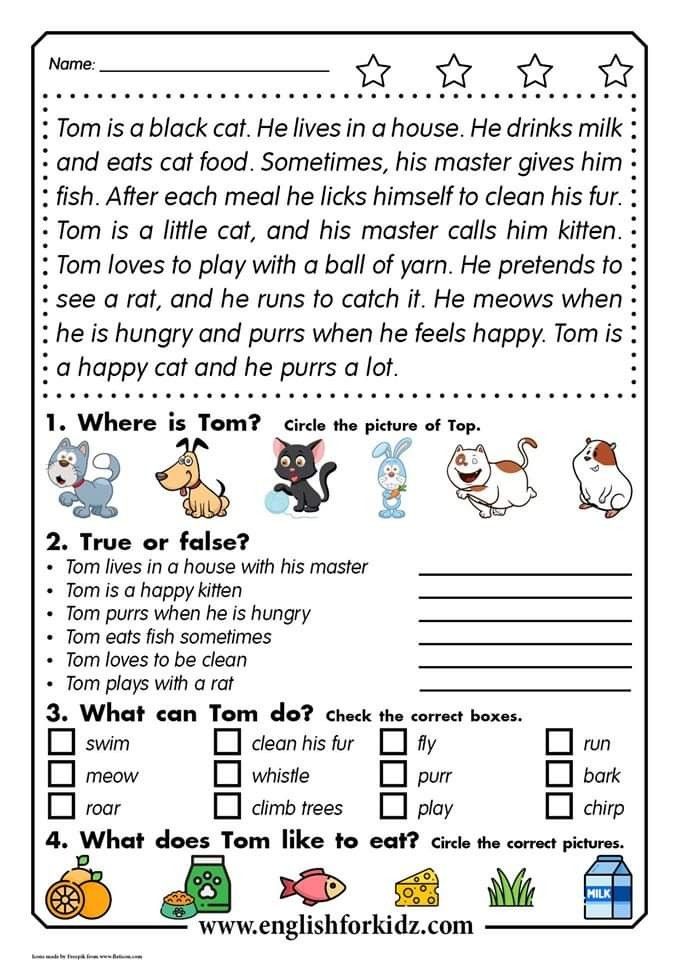
Test
You can also test your child's readiness to learn to read using a simple test. Answer “Yes” or “No” to the following questions:
- Does the child like fairy tales, stories?
- Can the child retell what they heard?
- Does the baby look at picture books by himself?
- Is the content of the book more interesting than the illustrations?
- Does the child know some letters and numbers, does he want to learn to read?
- Does he pretend to read aloud, imitating you?
- Whether he is interested in works with cognitive information about nature, technology, people's lives.
- Does the child listen attentively when fairy tales or stories are read to him?
- Is the child's vocabulary large enough for free communication, is it easy to understand?
- Compound words do not raise questions about the meaning and meaning?
- Does your child enjoy reading aloud?
- Having learned and memorized the letters, does the child try to read independently?
- Does the child have any speech therapy problems?
- Does the child distinguish sounds similar in phonetics well?
- Does the kid communicate in complex multibasic sentences?
- Will the child be able to convey the meaning of what is read aloud or heard in his own words?
- Does the baby know poems, songs, fairy tales by heart?
Give 1 point for each affirmative answer. Calculate the amount of points received and find out if your child is ready to learn to read.
Calculate the amount of points received and find out if your child is ready to learn to read.
Find out the results
13-18 points - the child is psychologically fully prepared to acquire the necessary skills to learn to read and simply prepared for school life. He is interested in the independent possibility of obtaining information, and not imitation of adults.
9-12 points - the ability to teach the child to read independently is of an average level, reading does not arouse sustained interest, the time for learning has not yet come, you need to wait quite a bit.
Less than 9 points - the child does not show interest in reading and does not seek to learn new things. At this stage, trying to teach your baby to read will come down to your nervous breakdown. The time for learning has not yet come.
Test "Is the child ready to read" | Reading test on the topic:
Published on 12.08.2016 - 10:07 - Shamina Nadezhda Mikhailovna
Test "Is the child ready for reading"

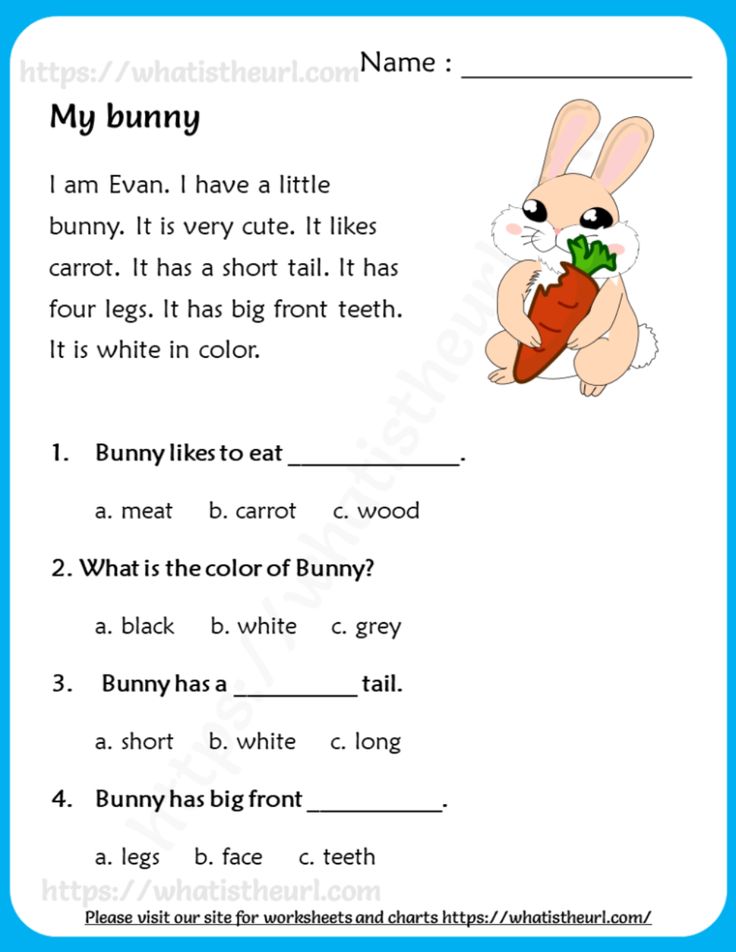 It is necessary to teach a child to read without coercion. The ability to read does not arise from scratch, it is preceded by a number of other abilities. It is this test that can assess your child's readiness to read.
It is necessary to teach a child to read without coercion. The ability to read does not arise from scratch, it is preceded by a number of other abilities. It is this test that can assess your child's readiness to read. 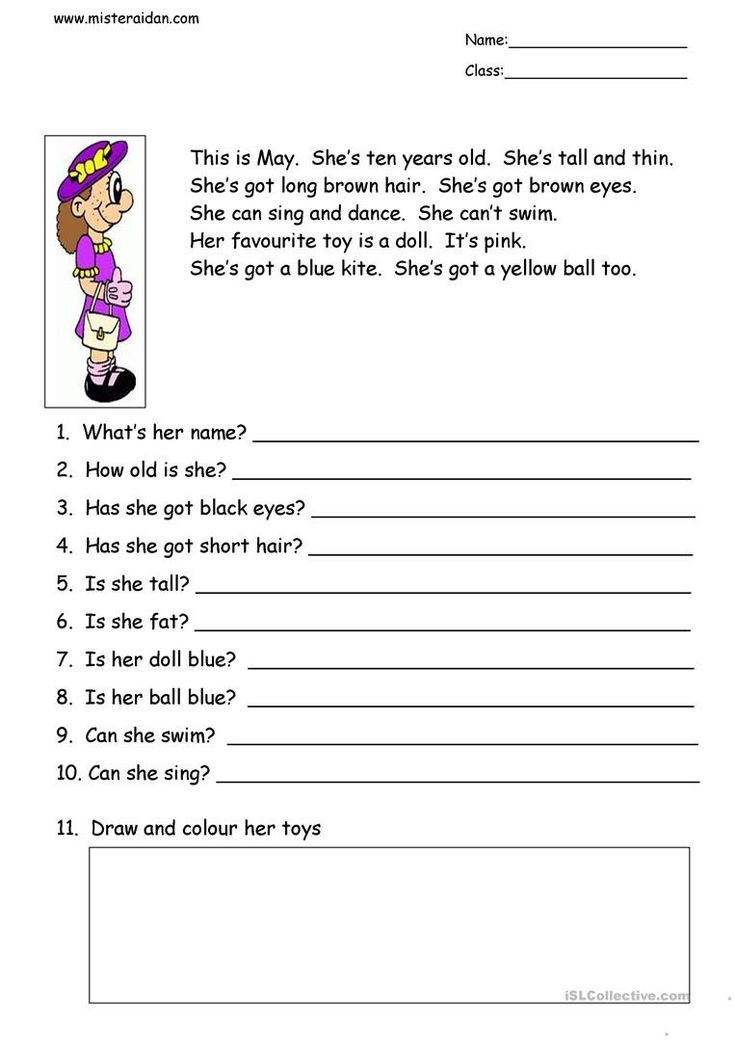 Does he understand the meaning of most complex words?
Does he understand the meaning of most complex words? 